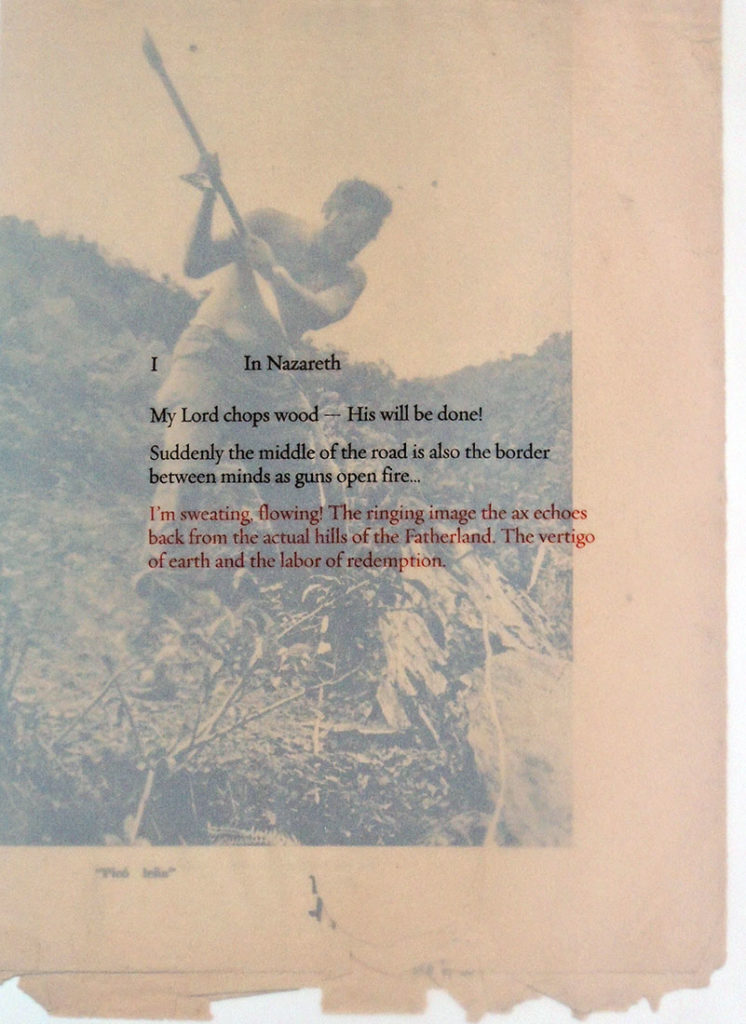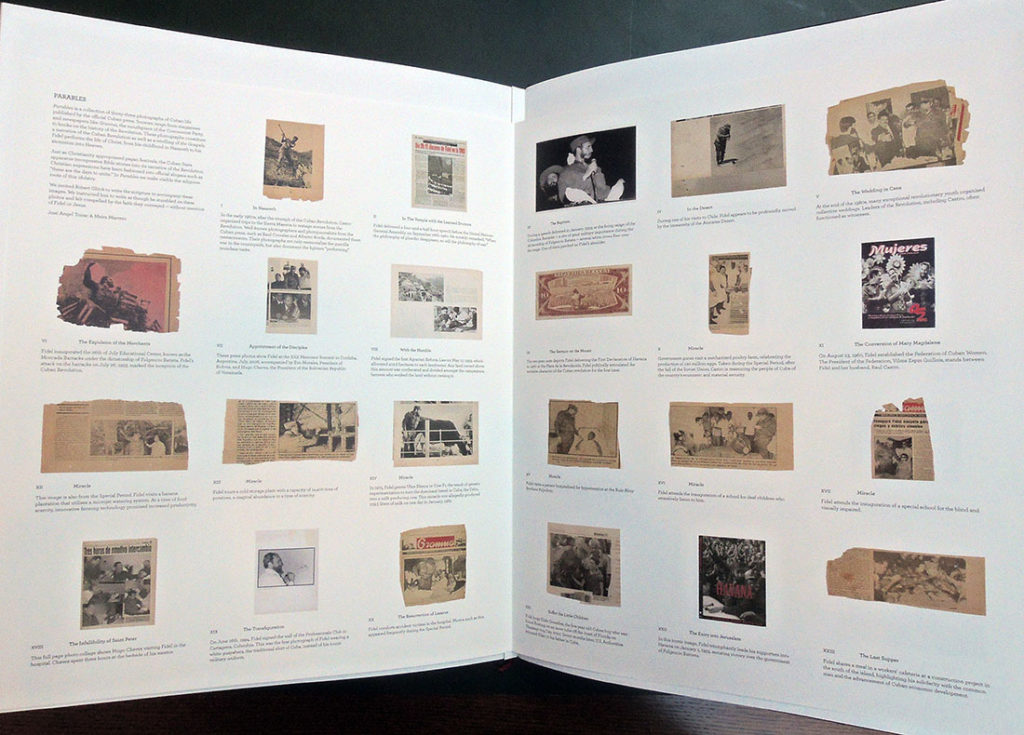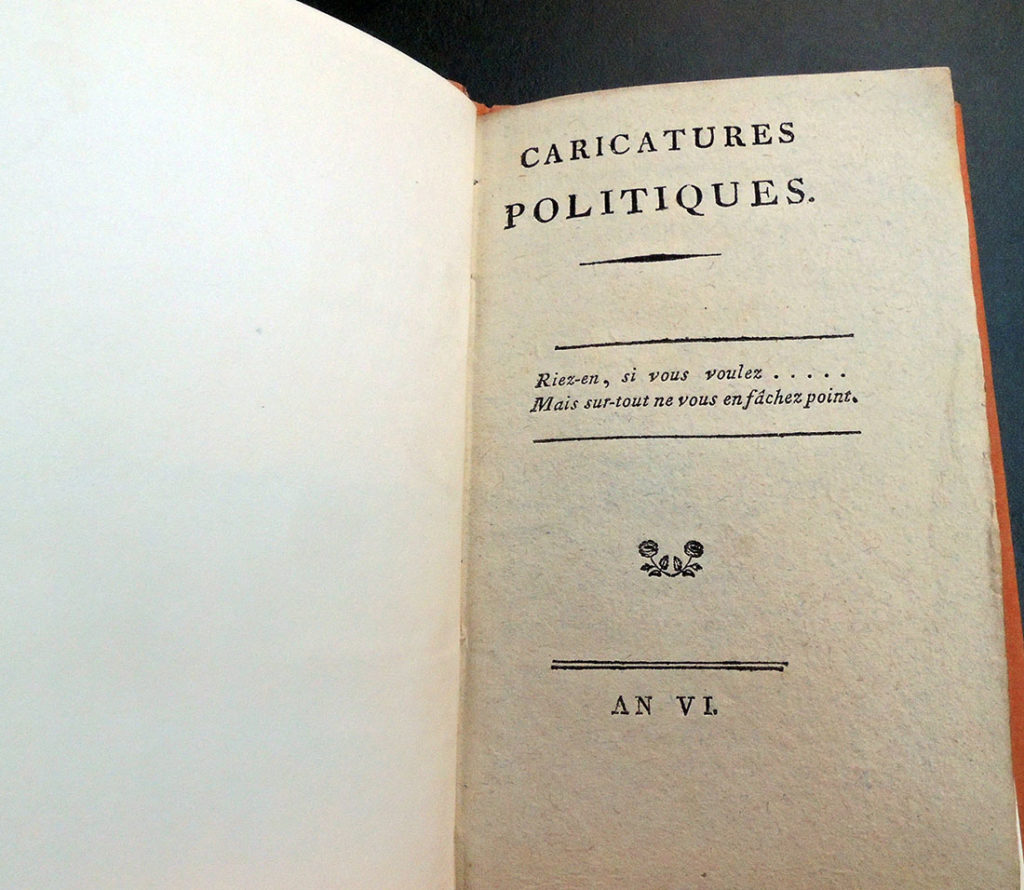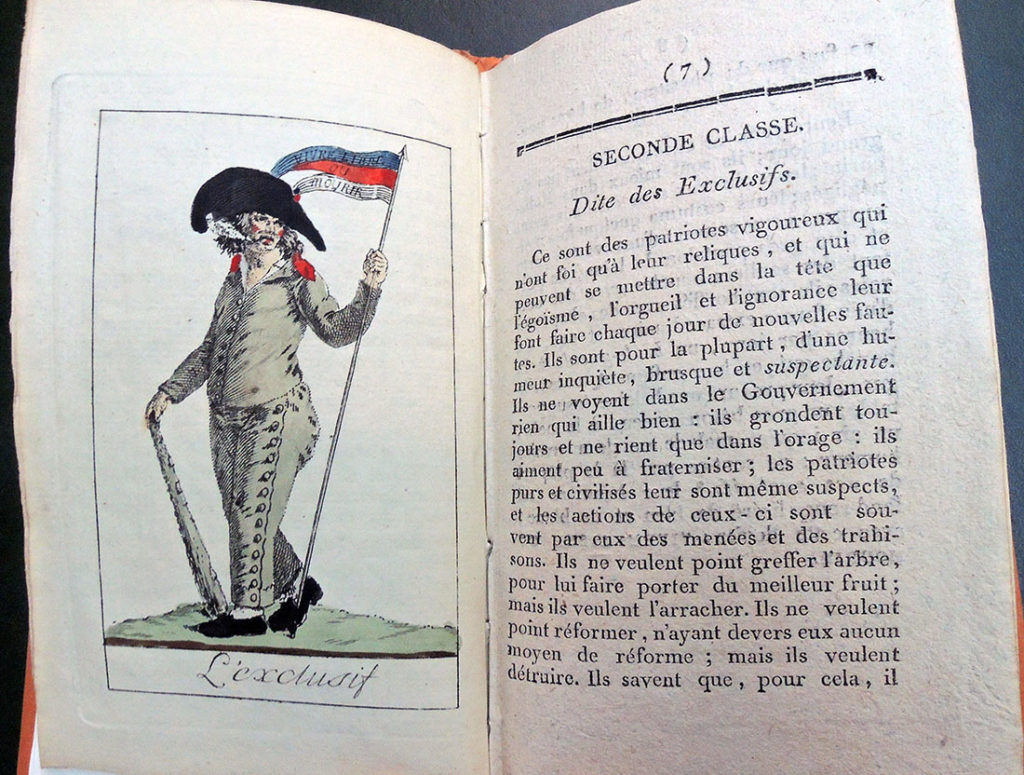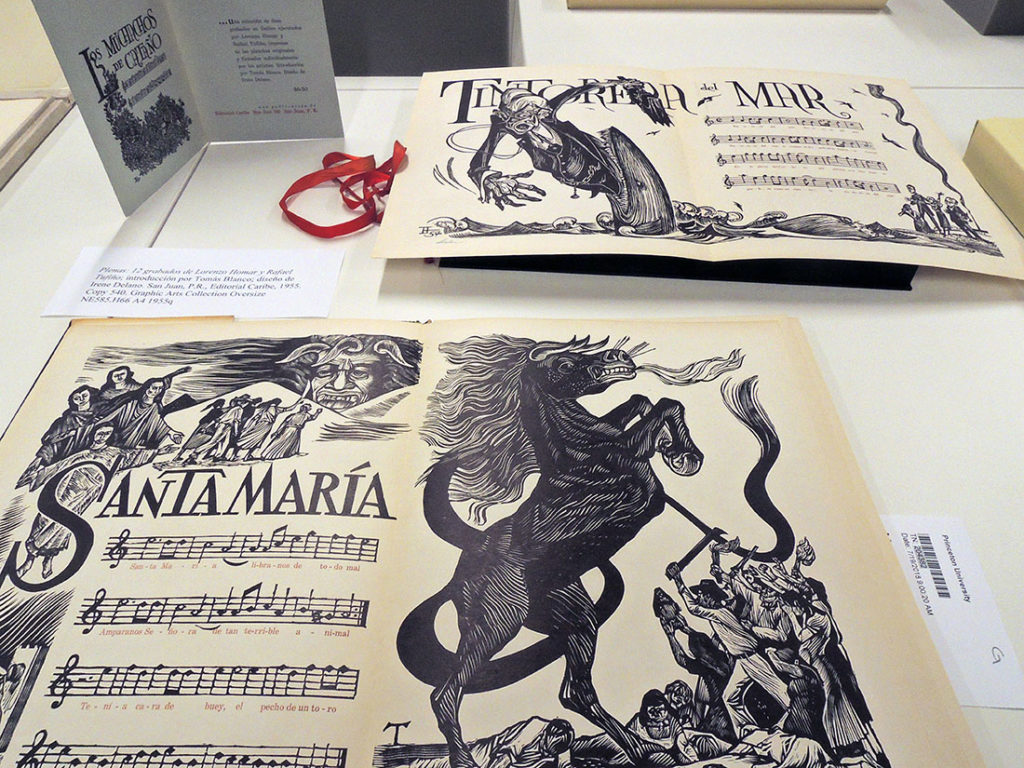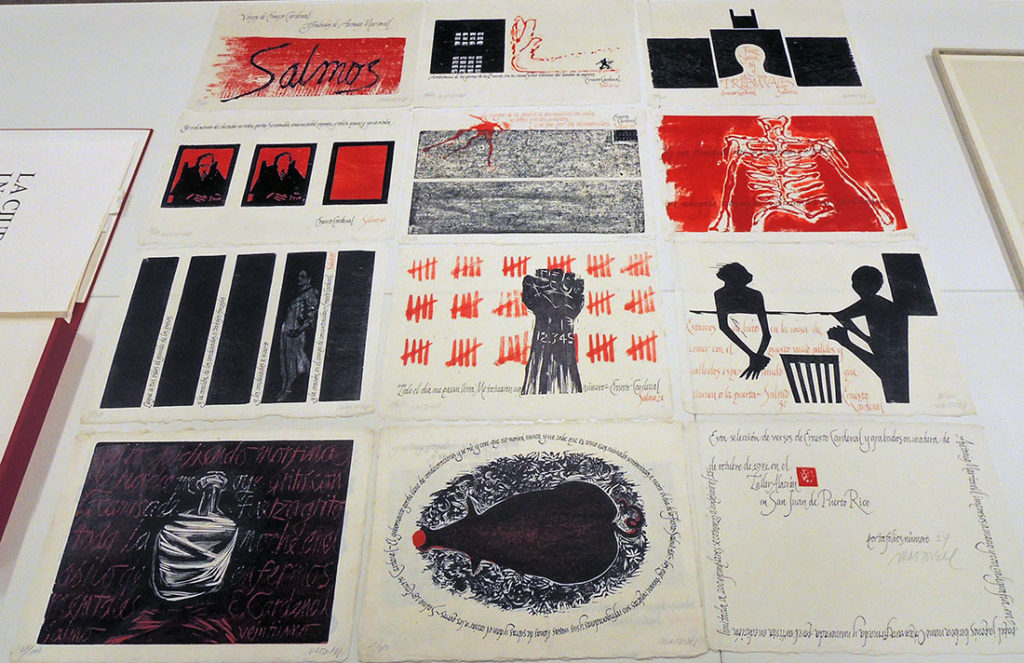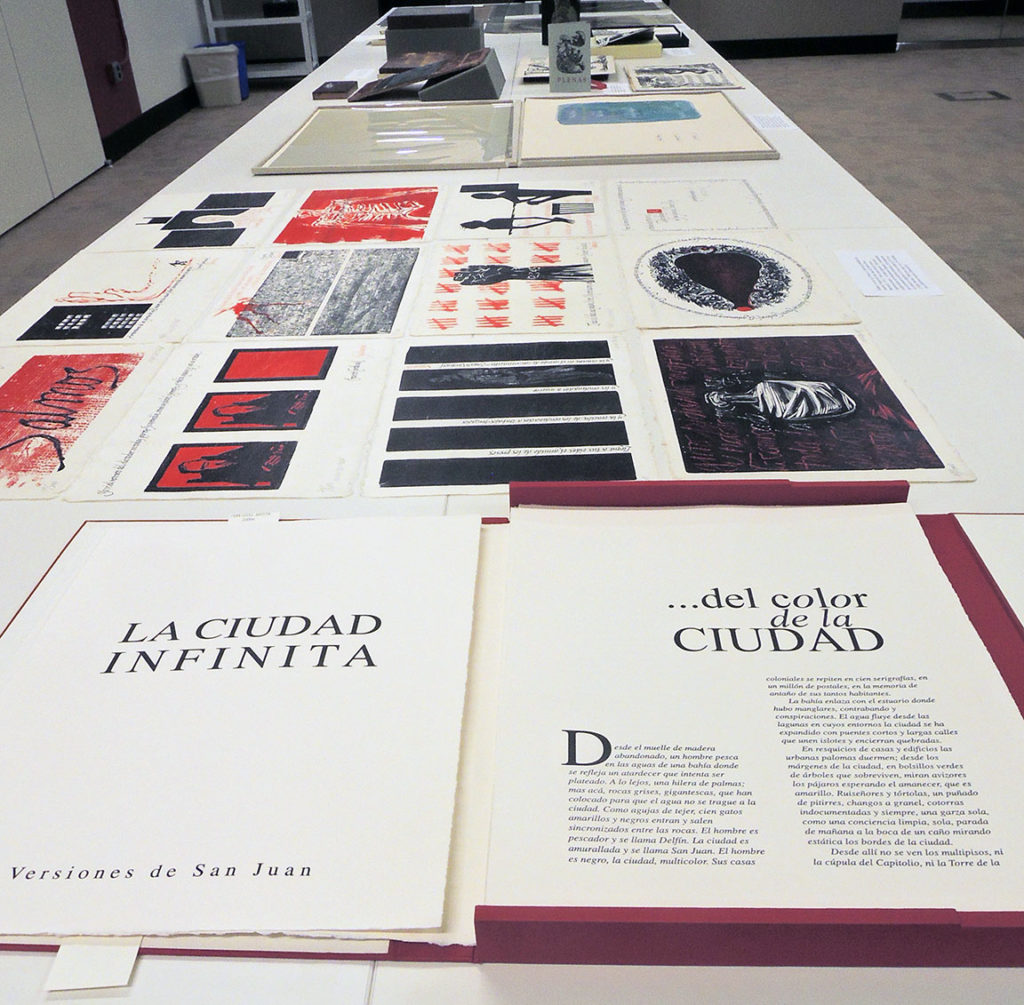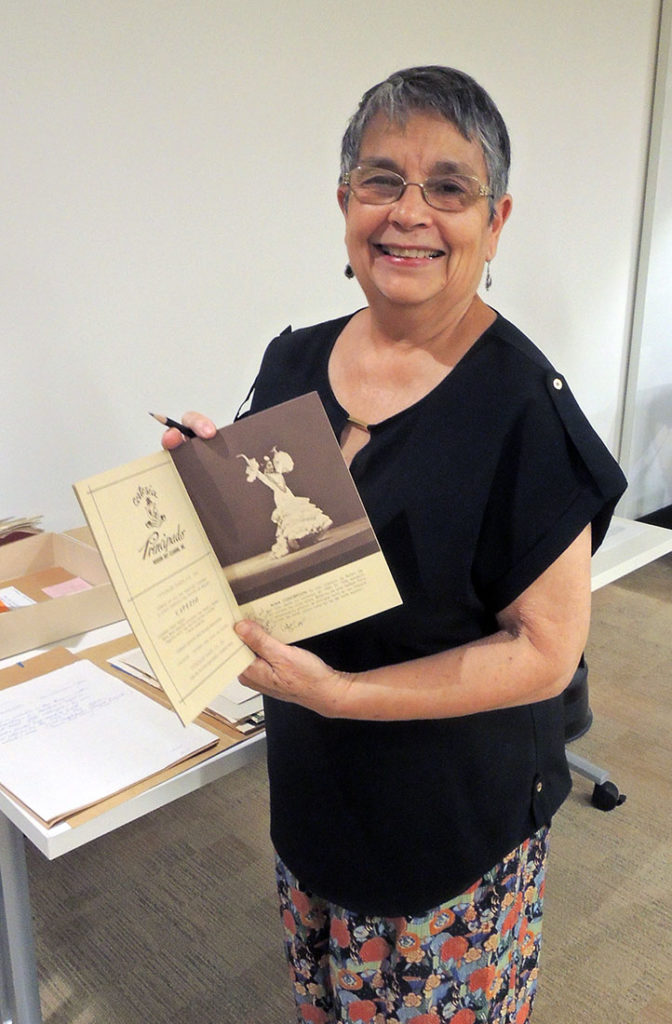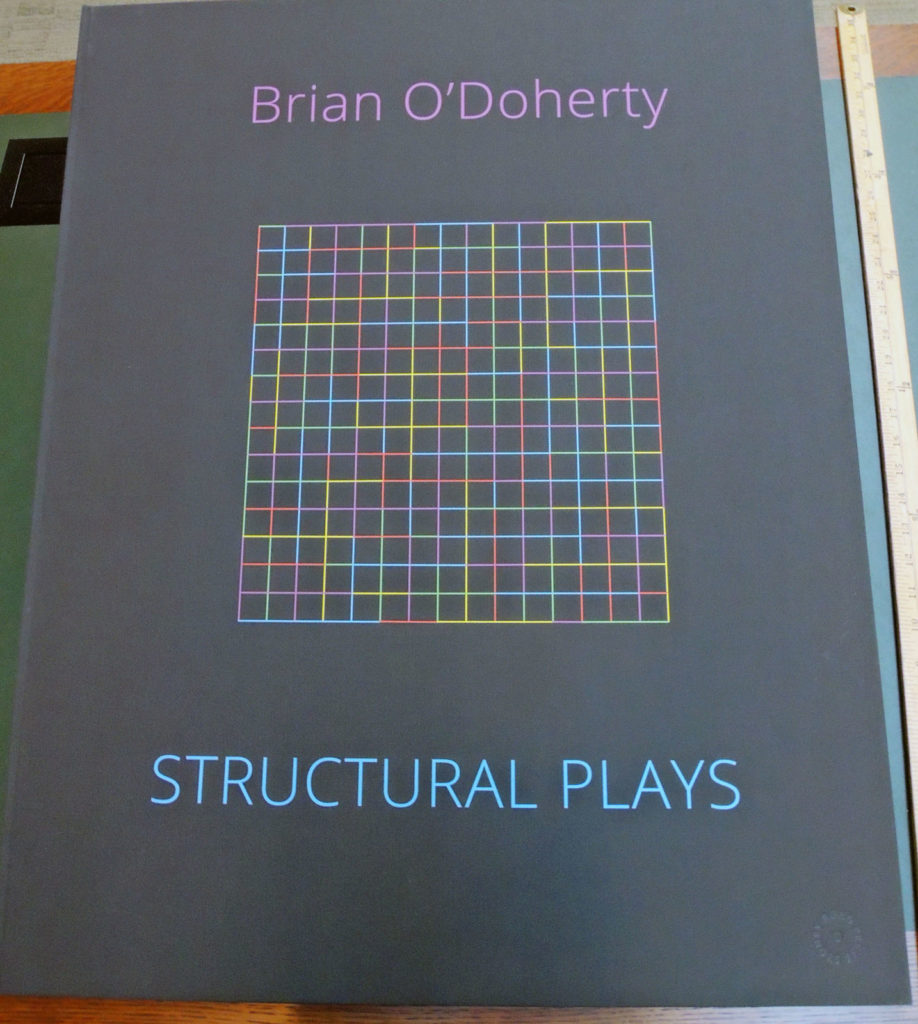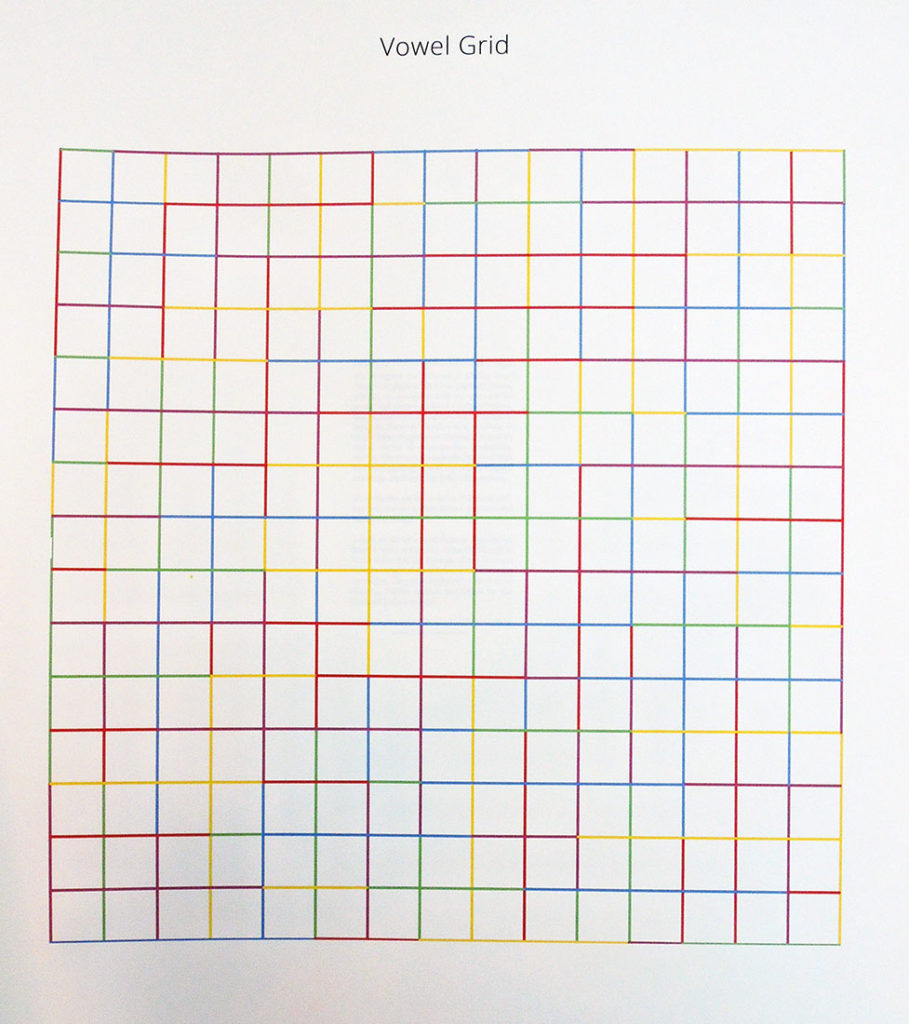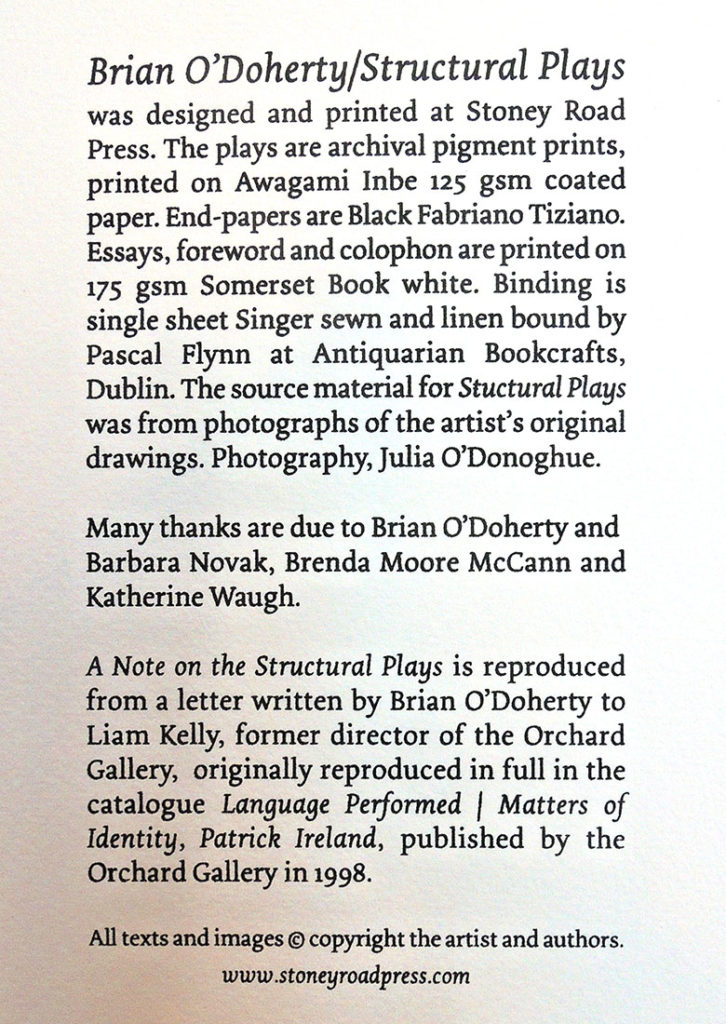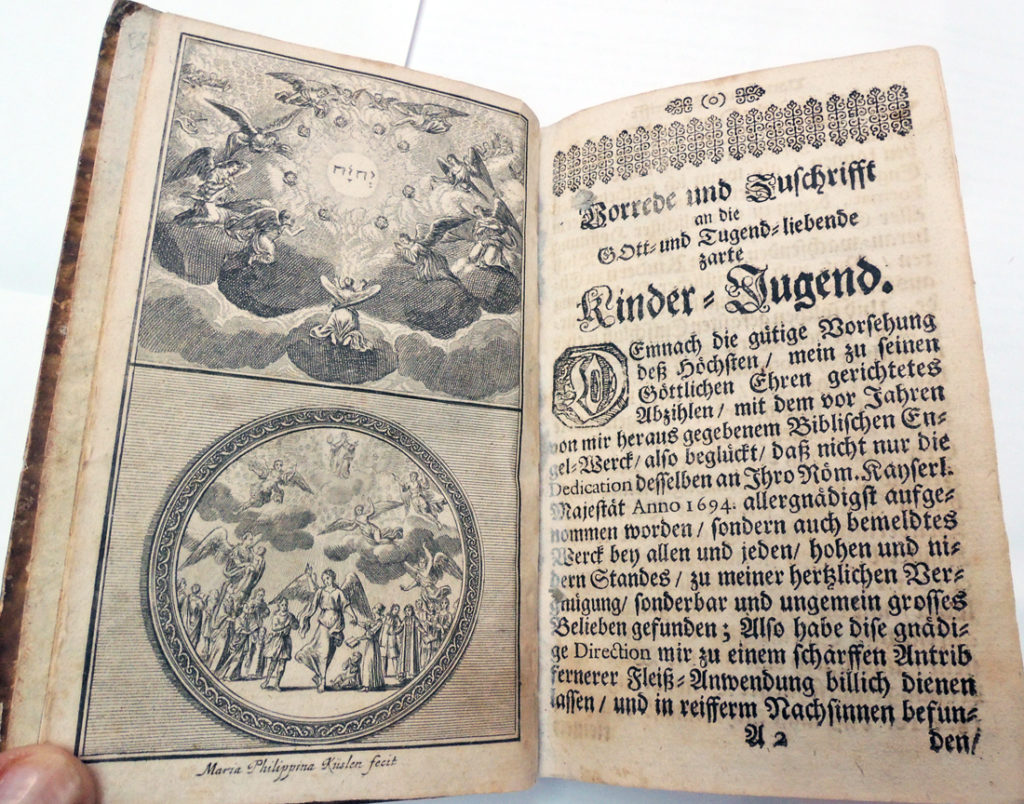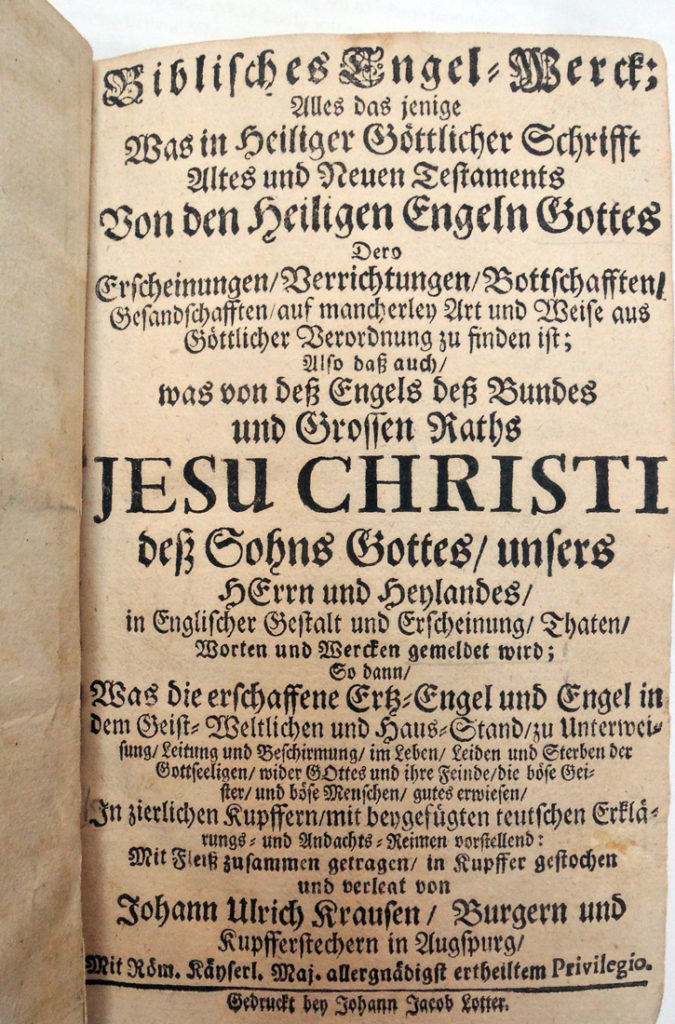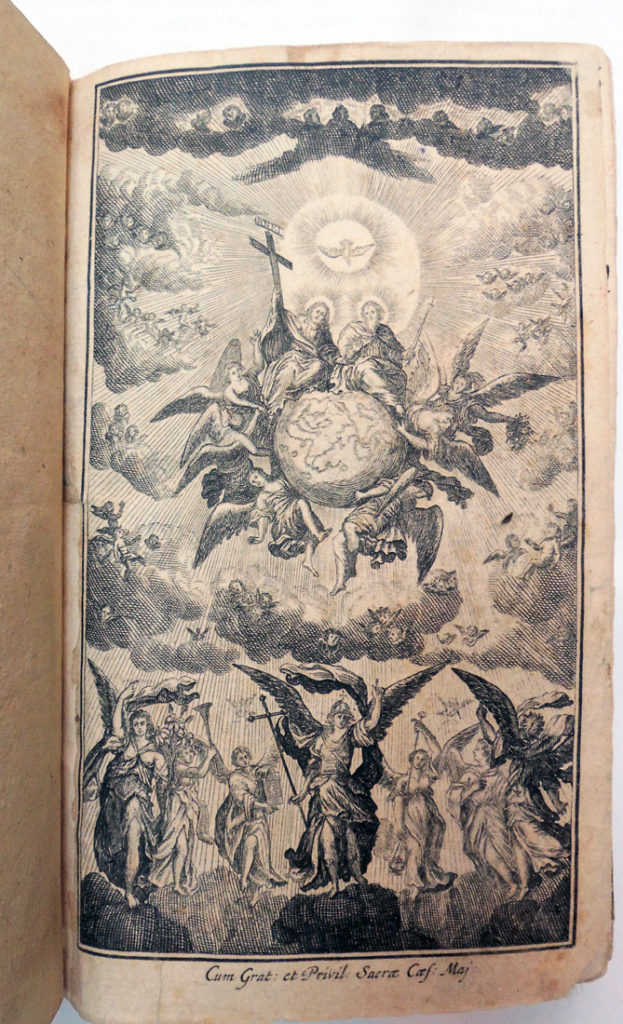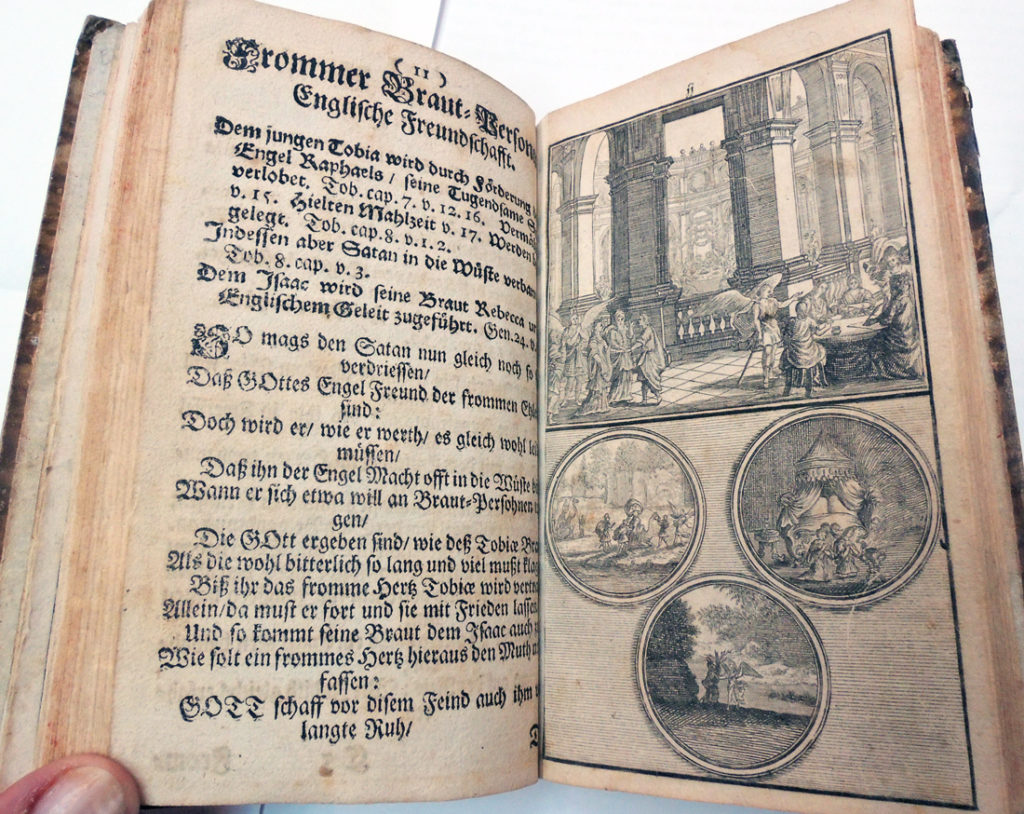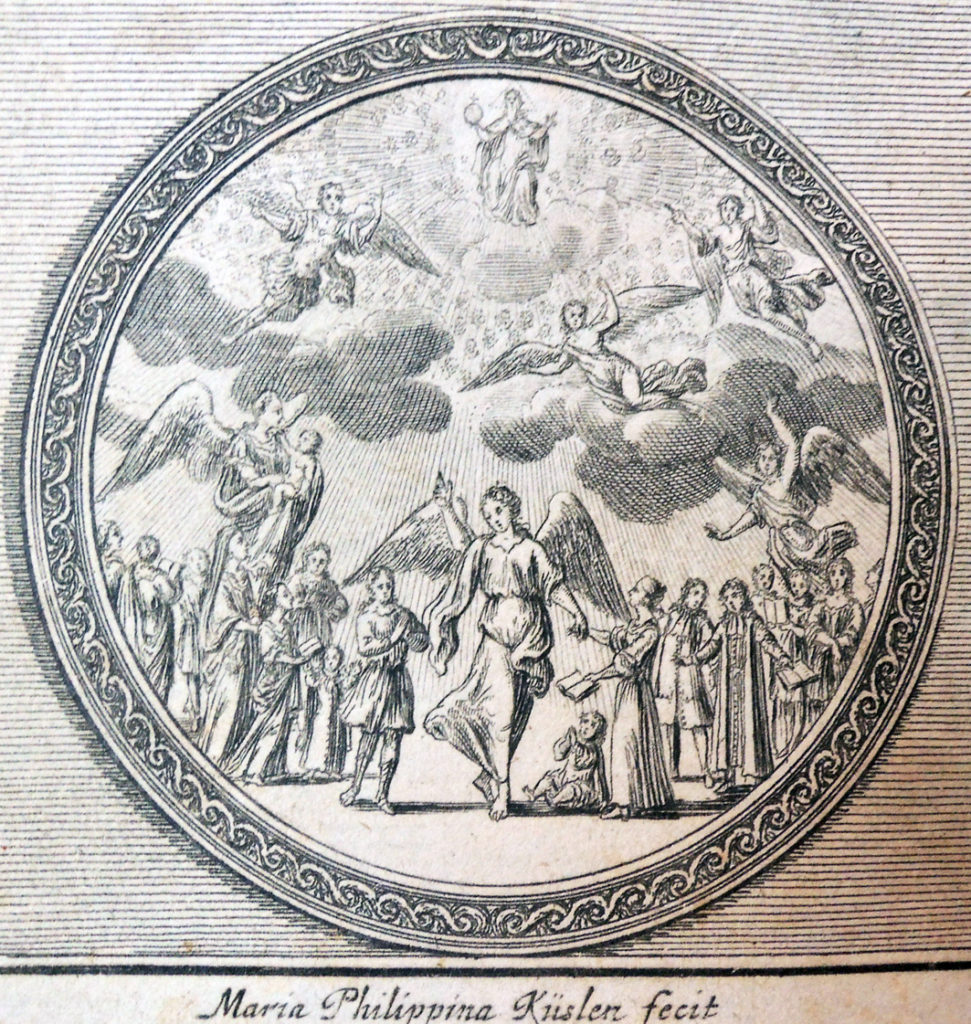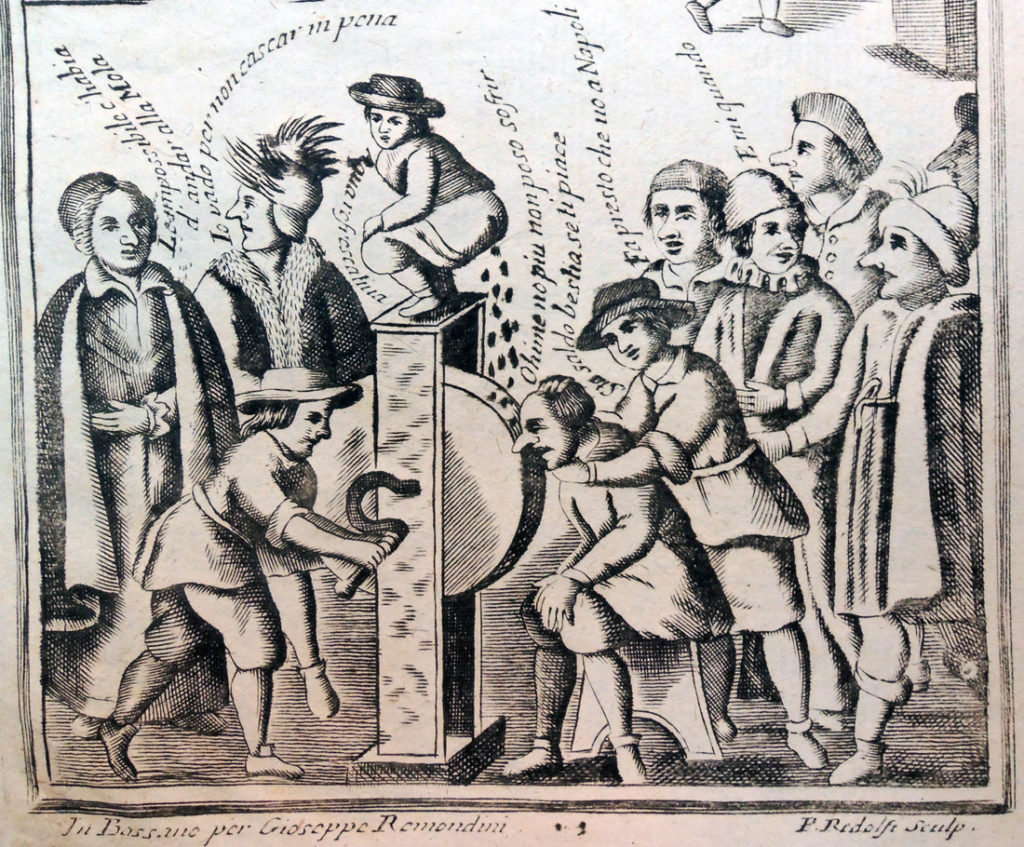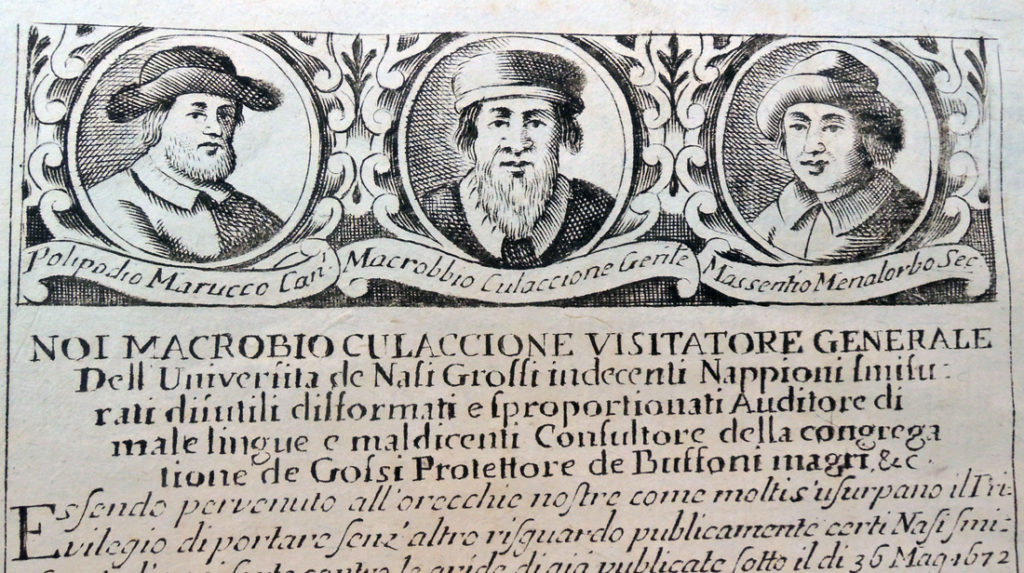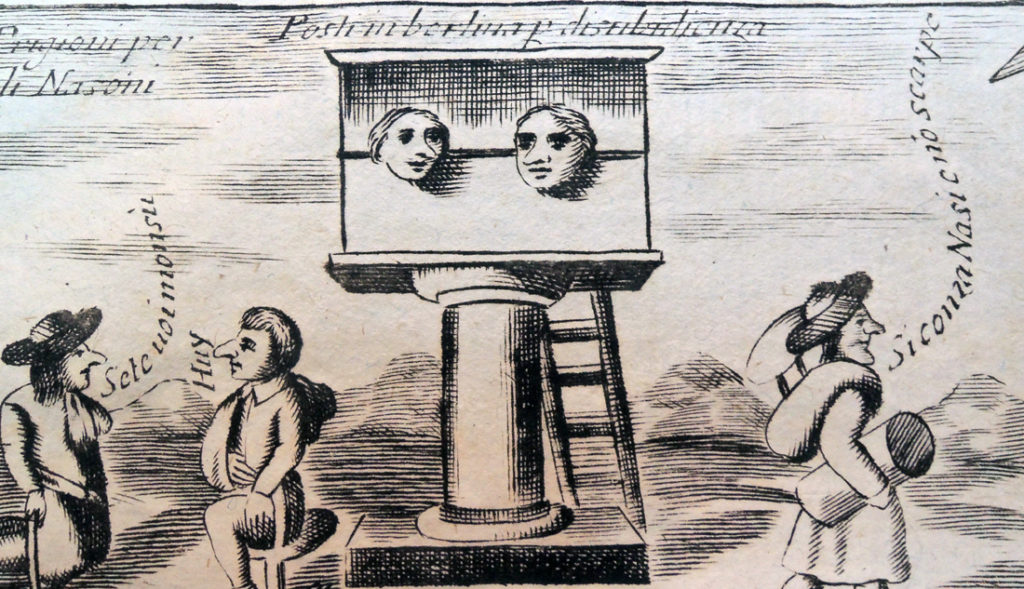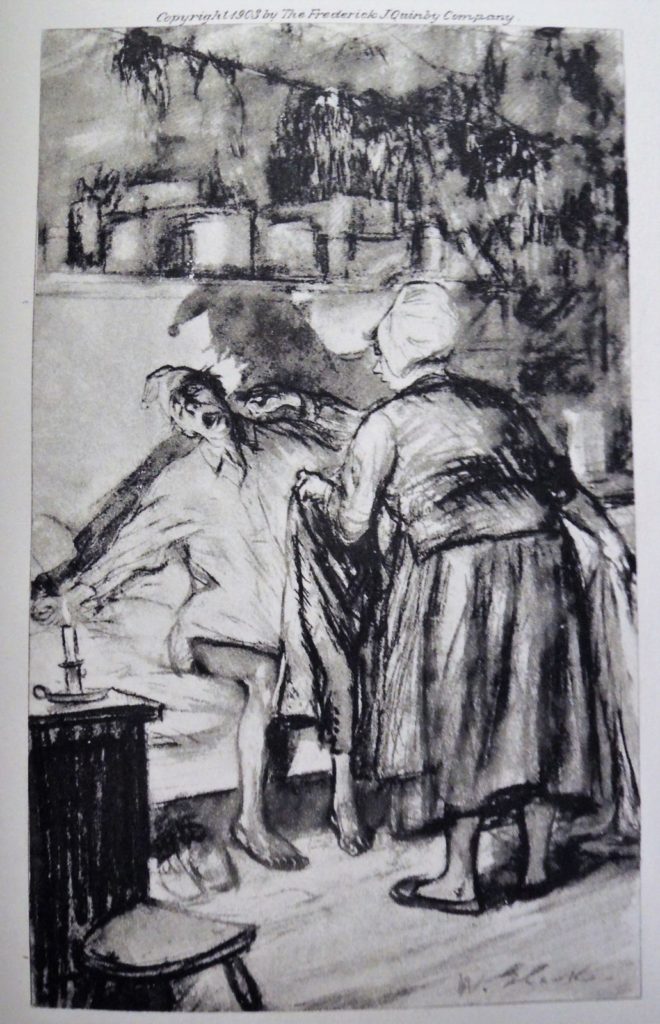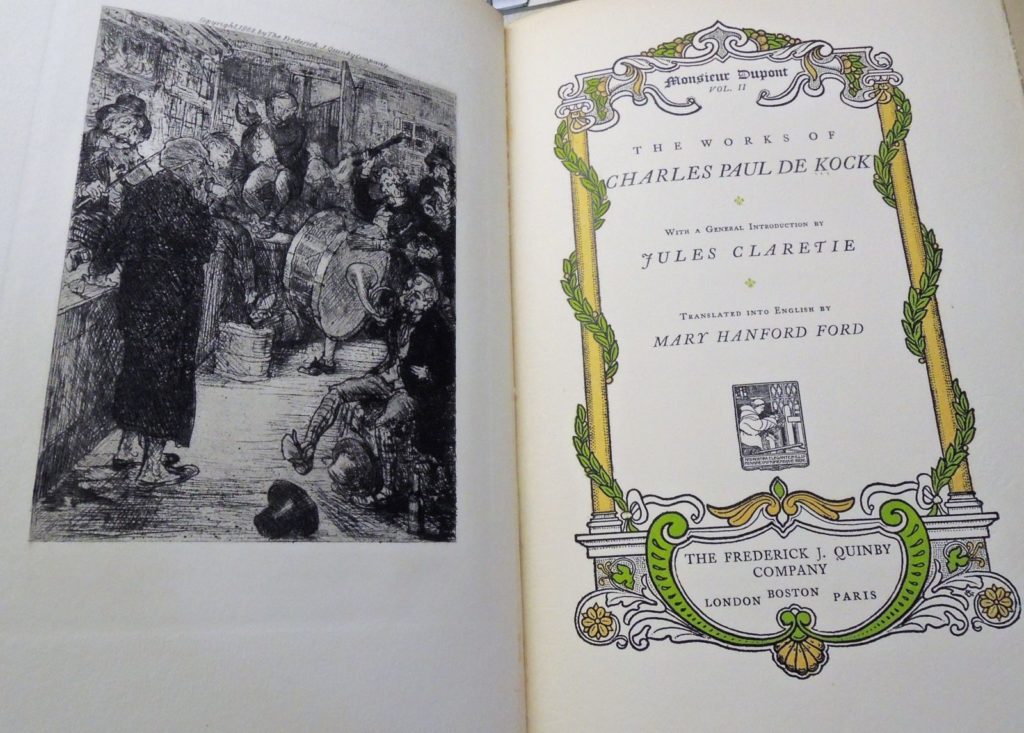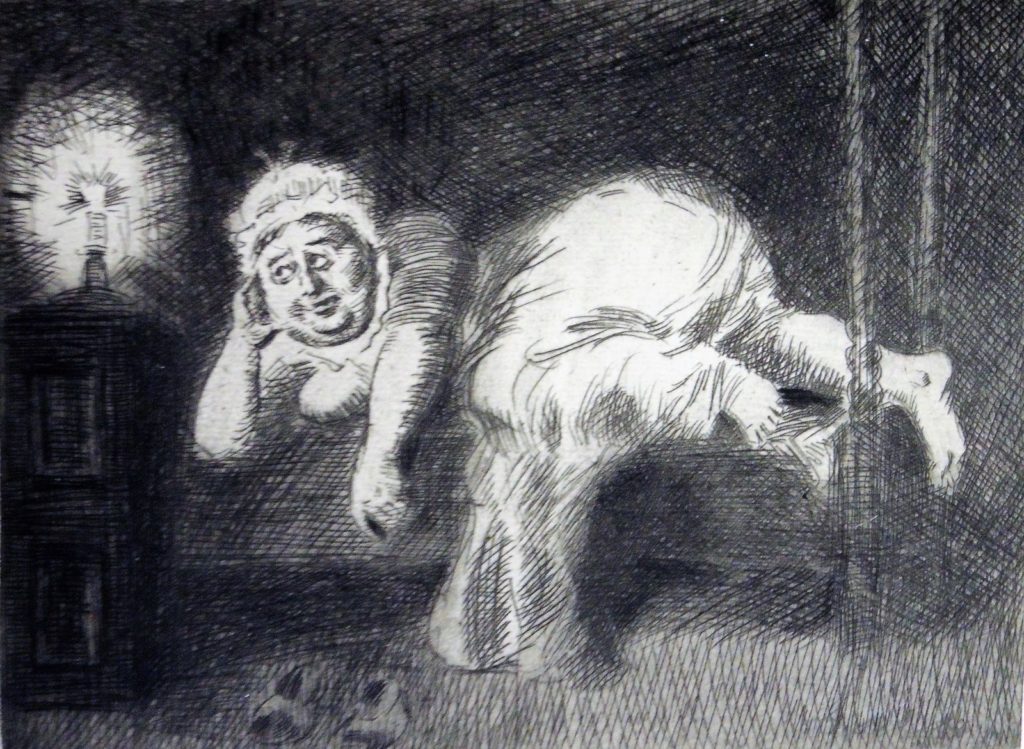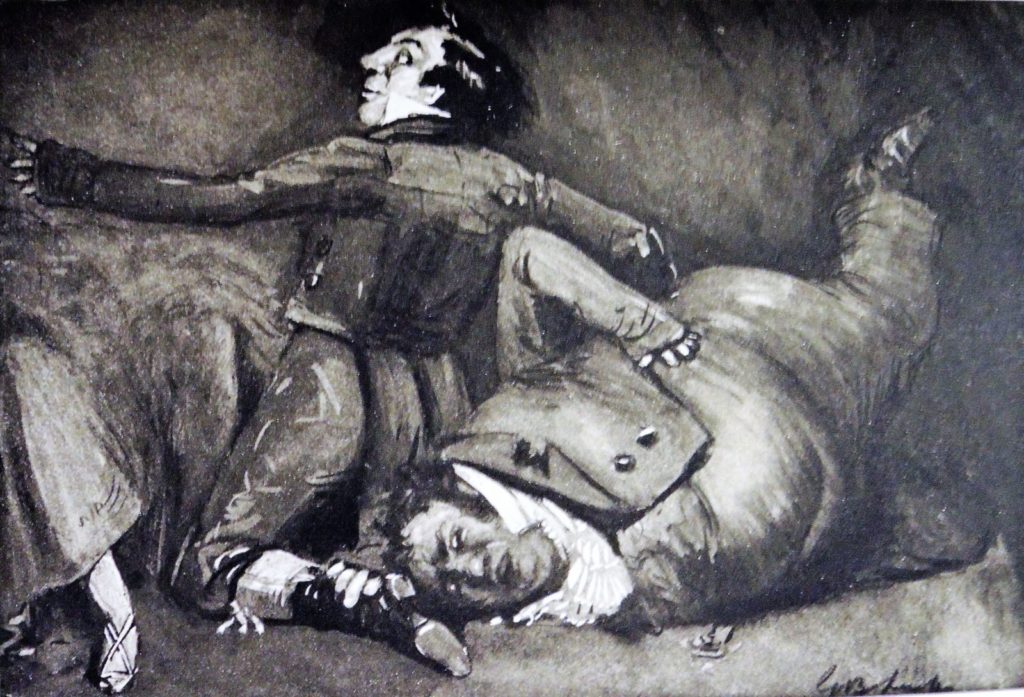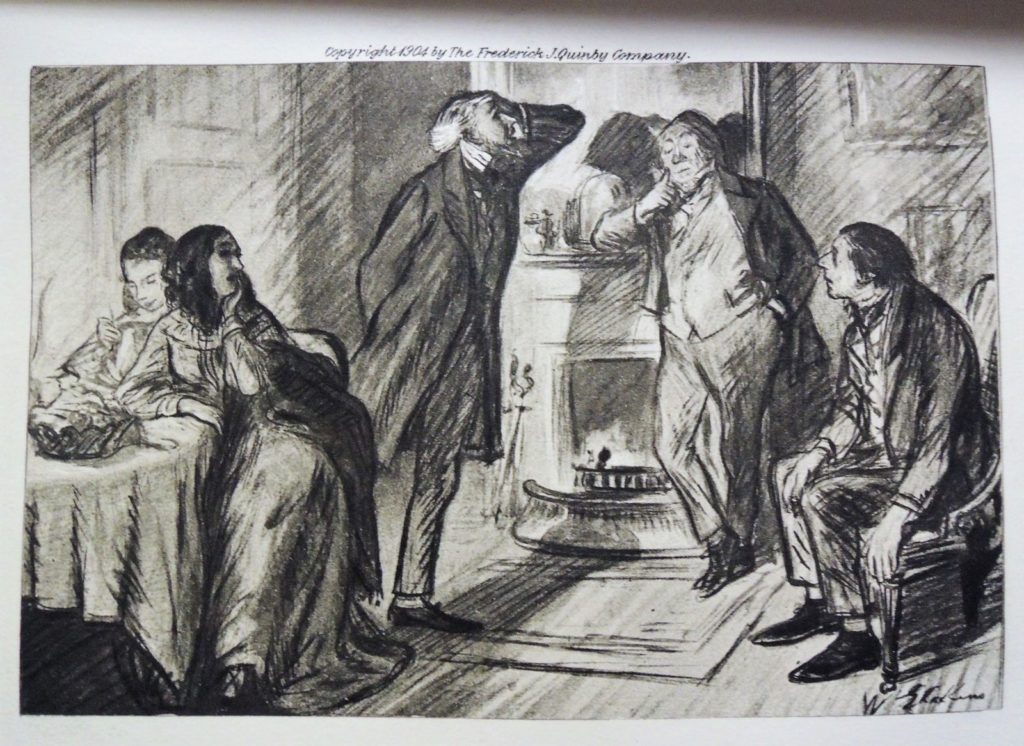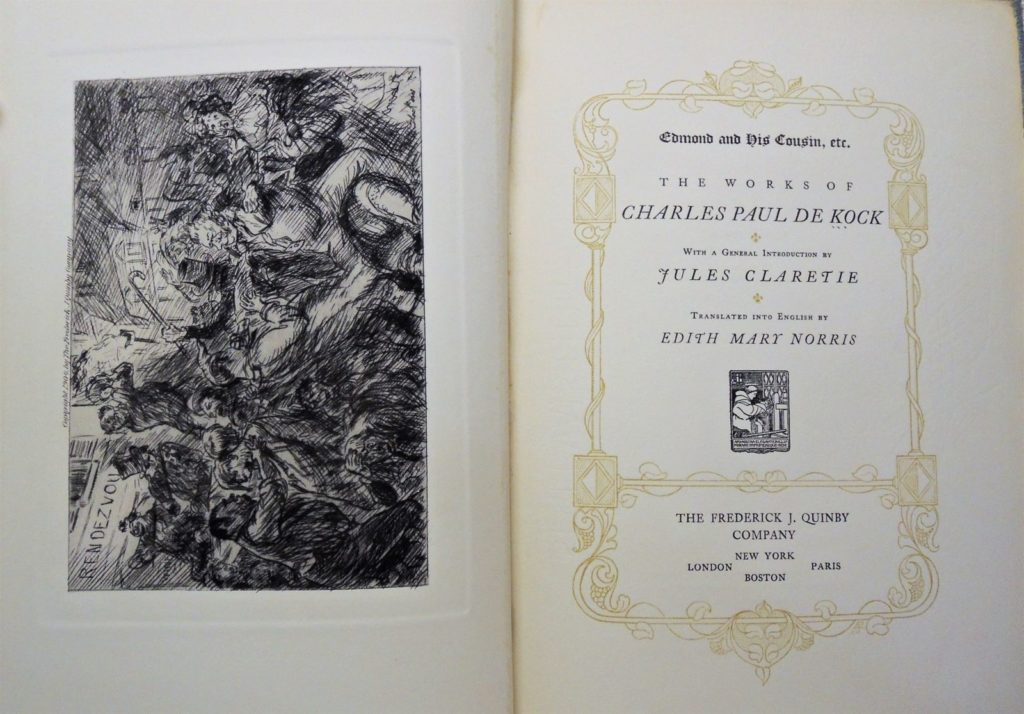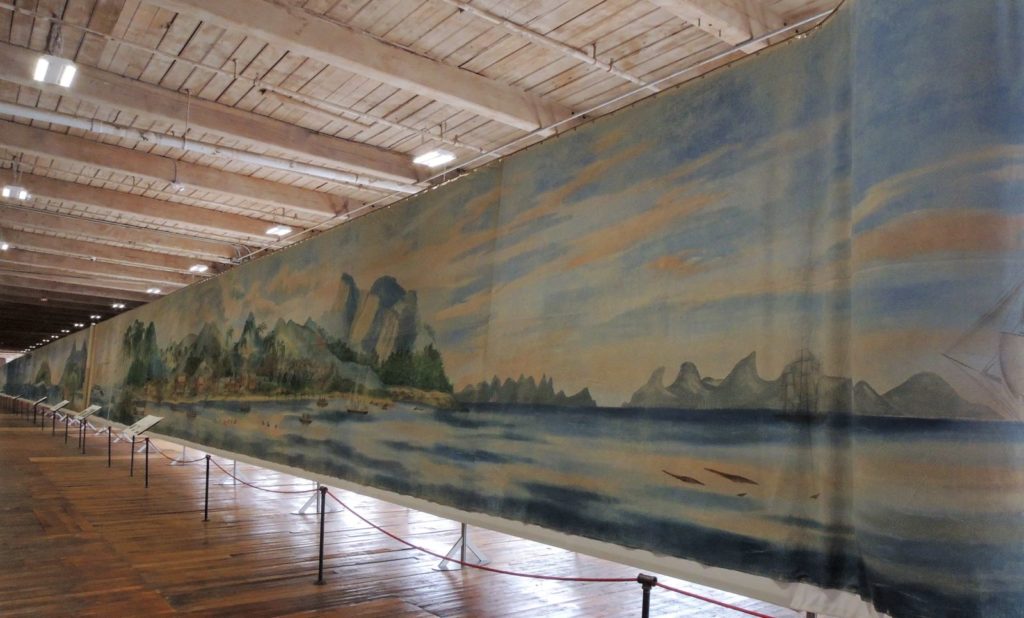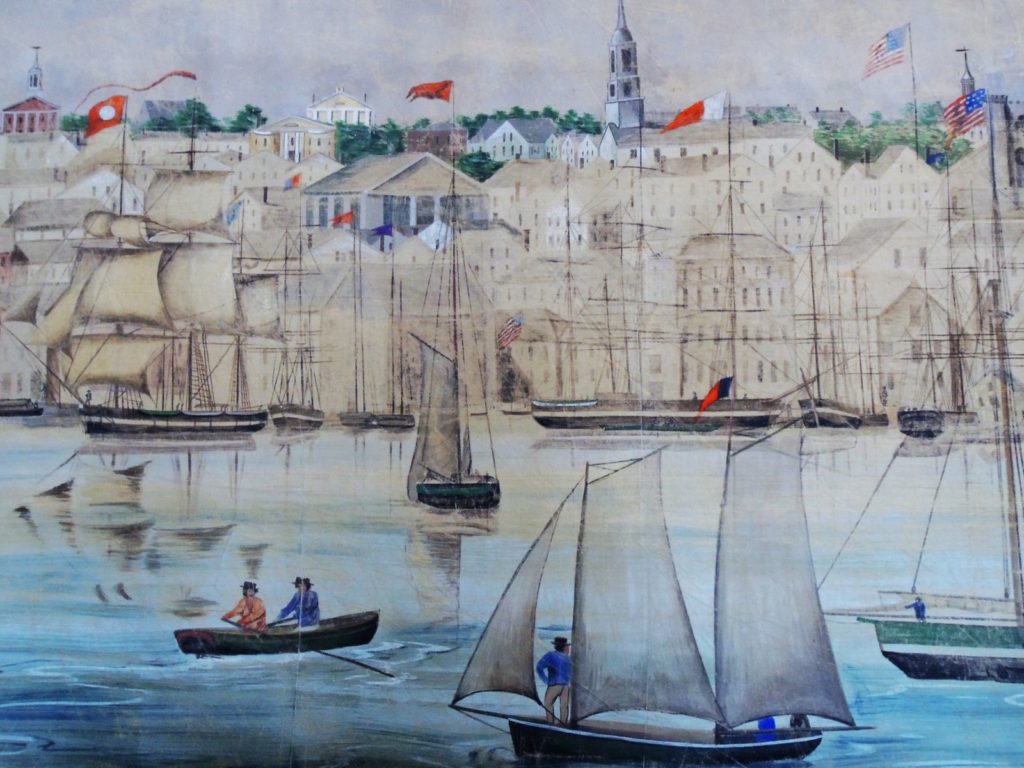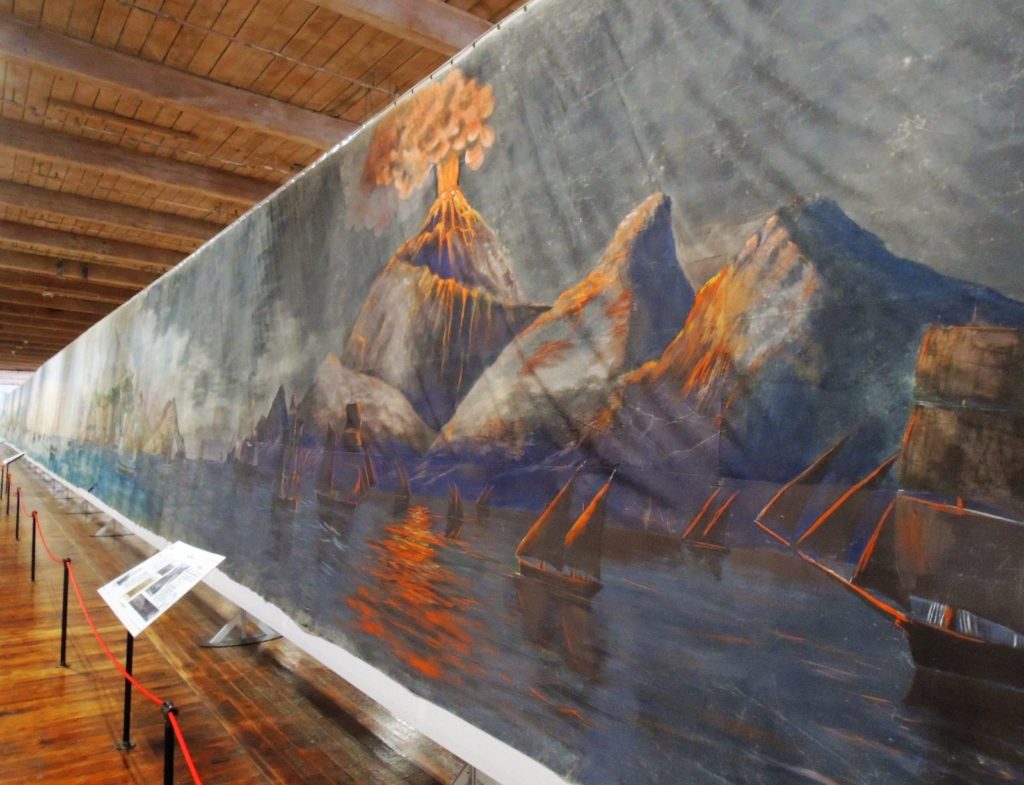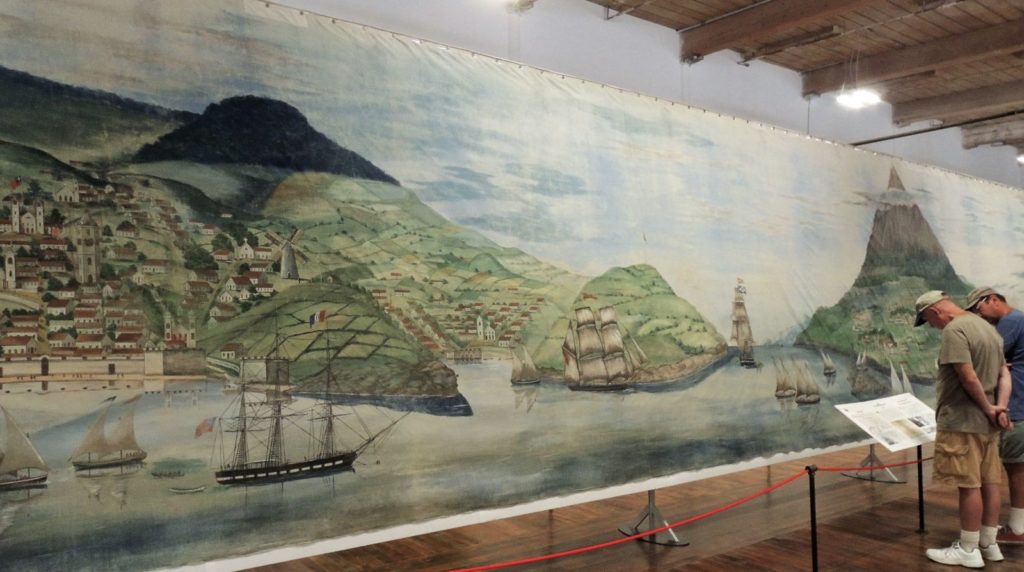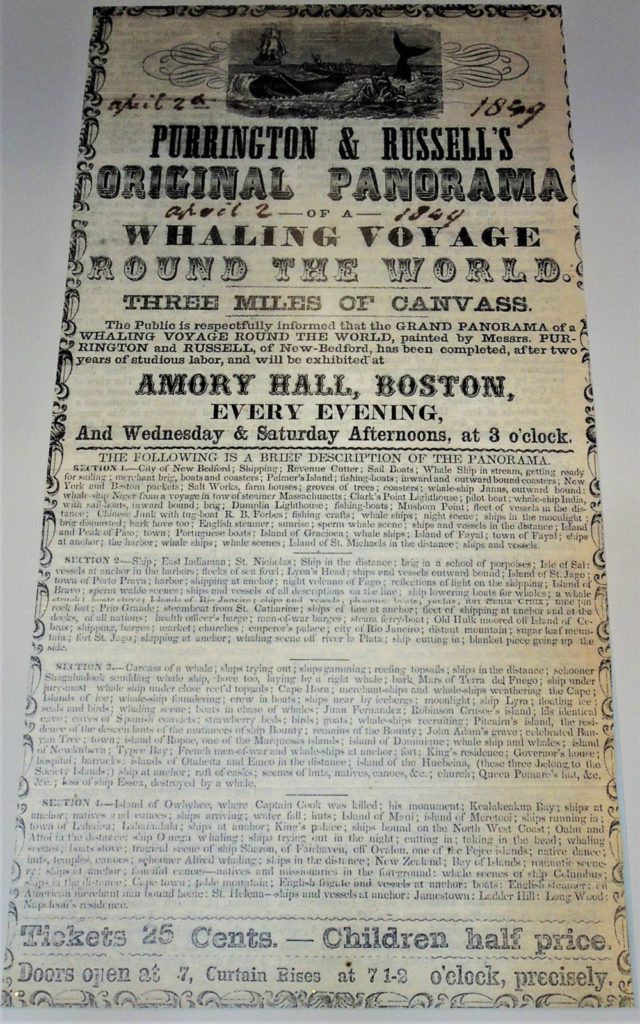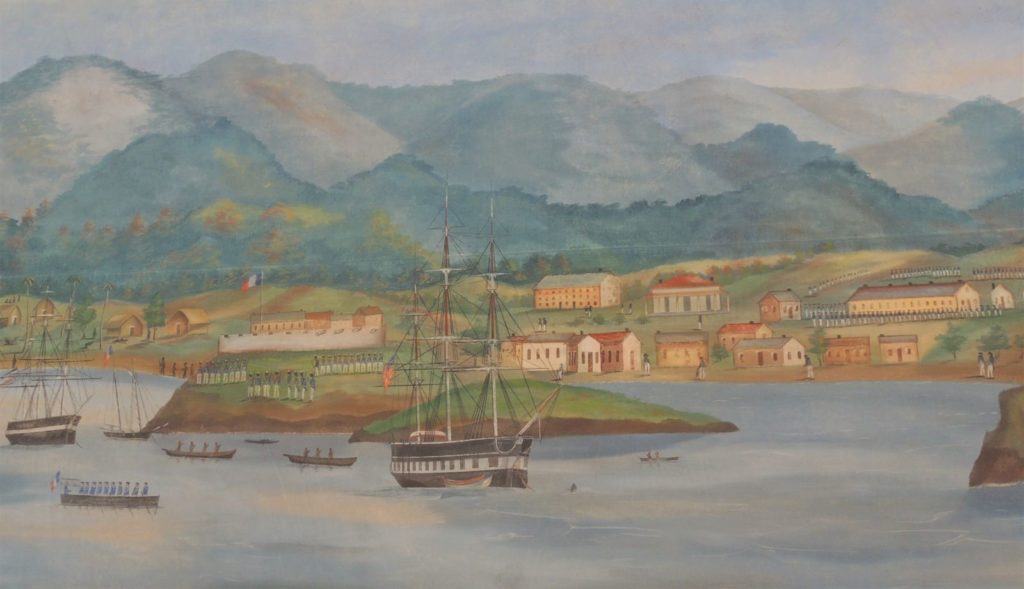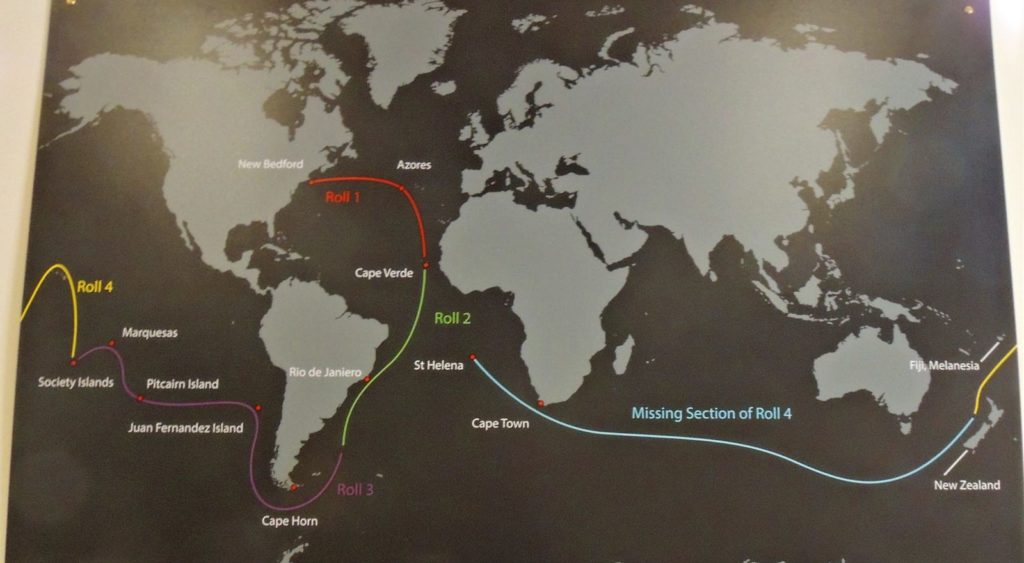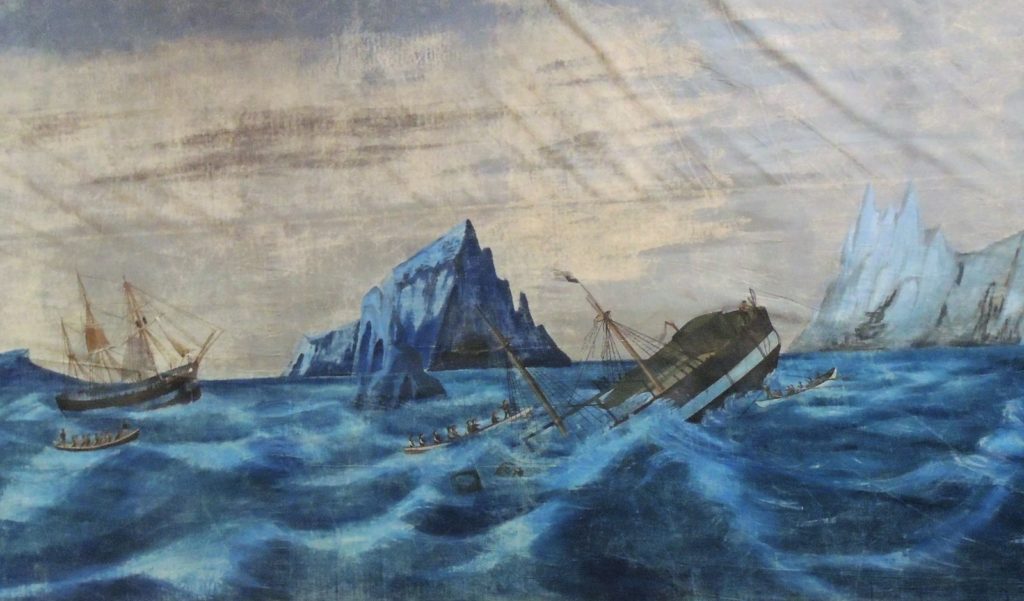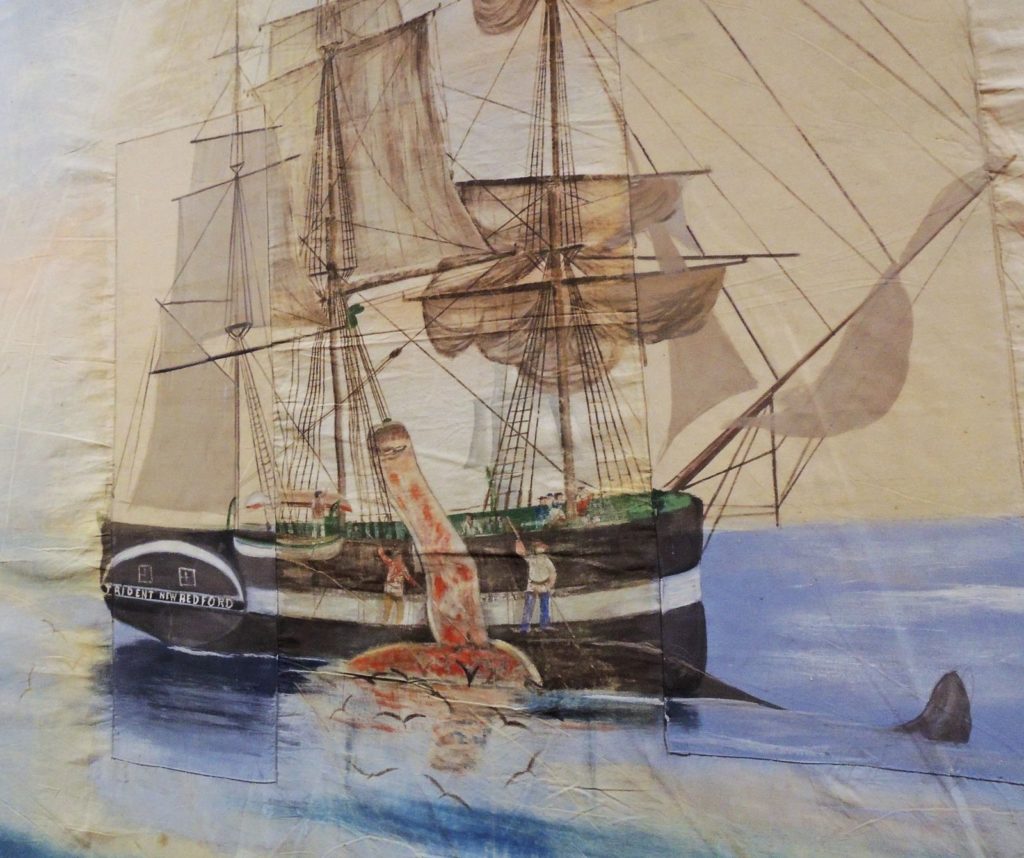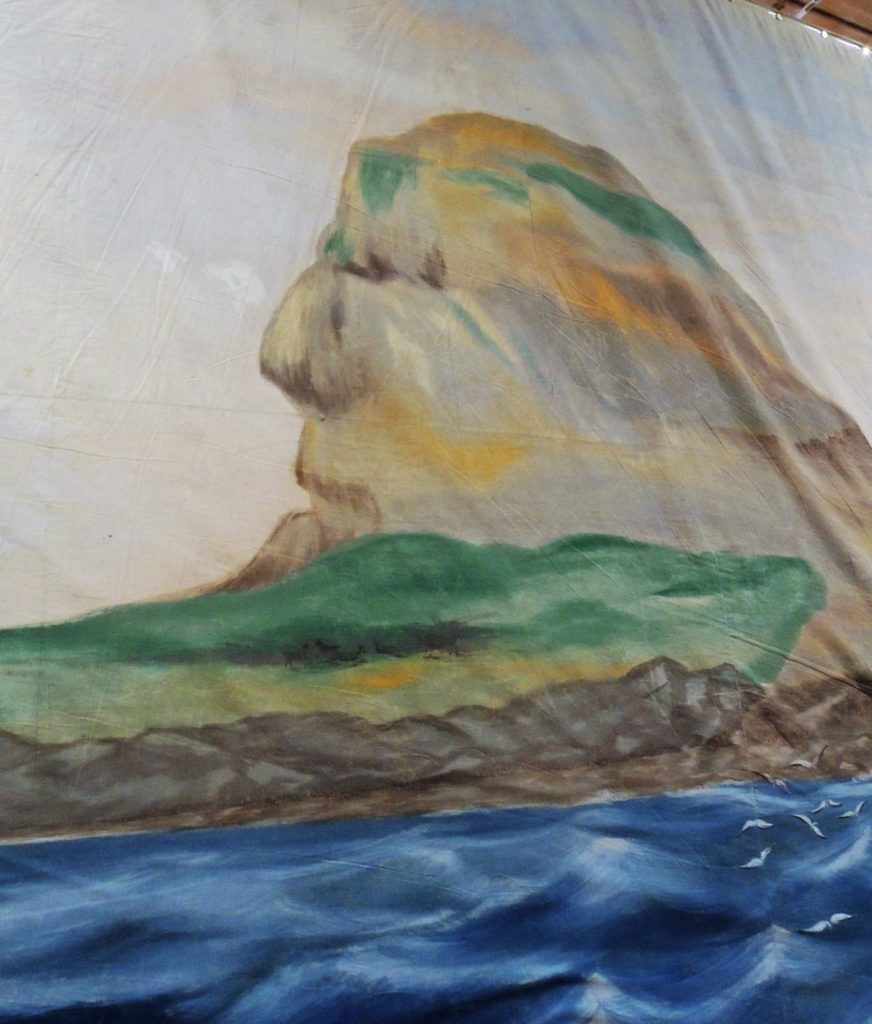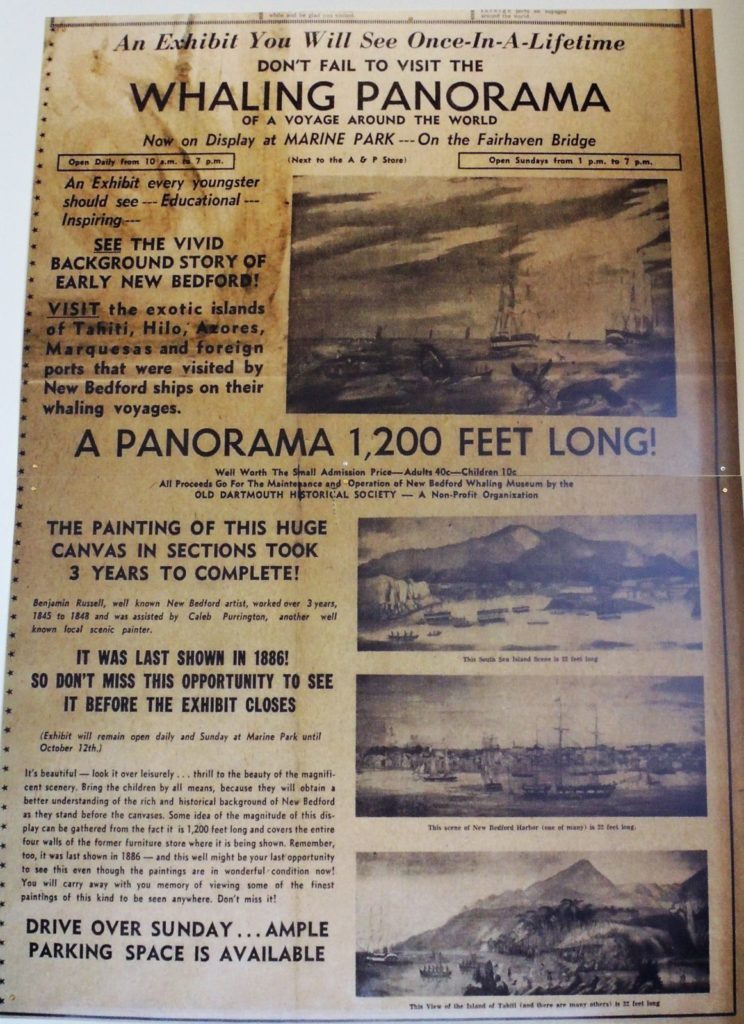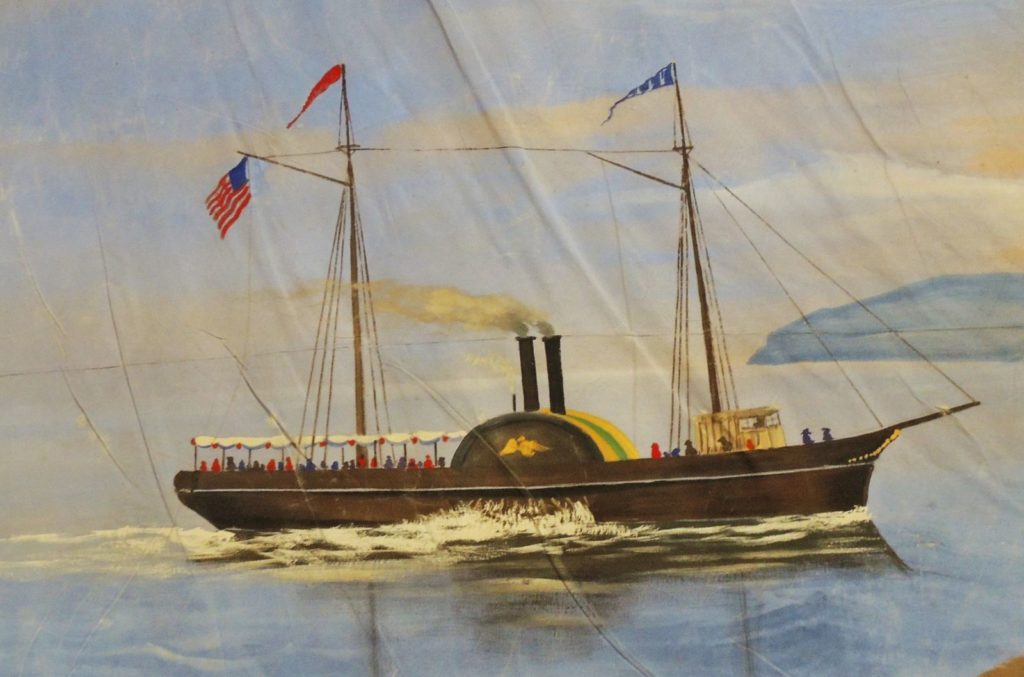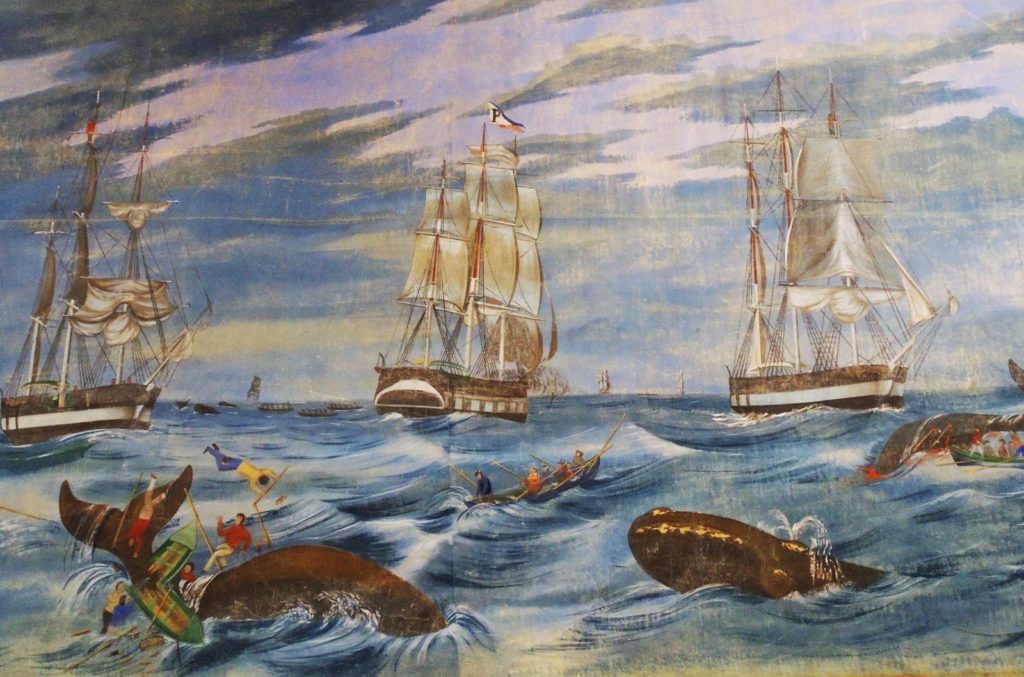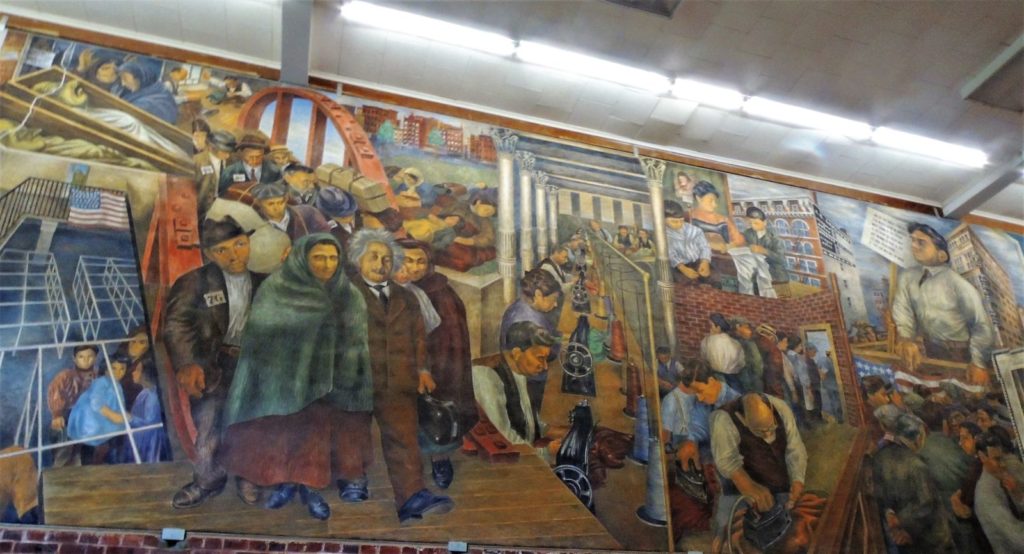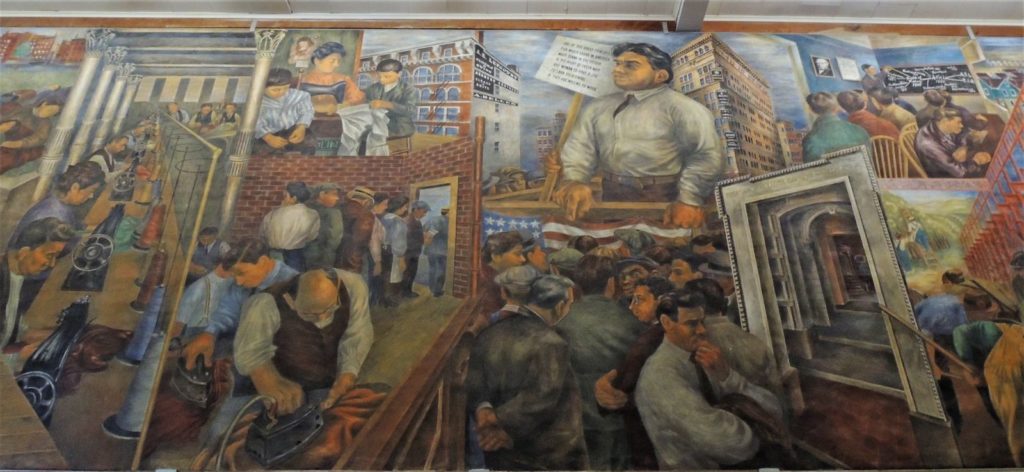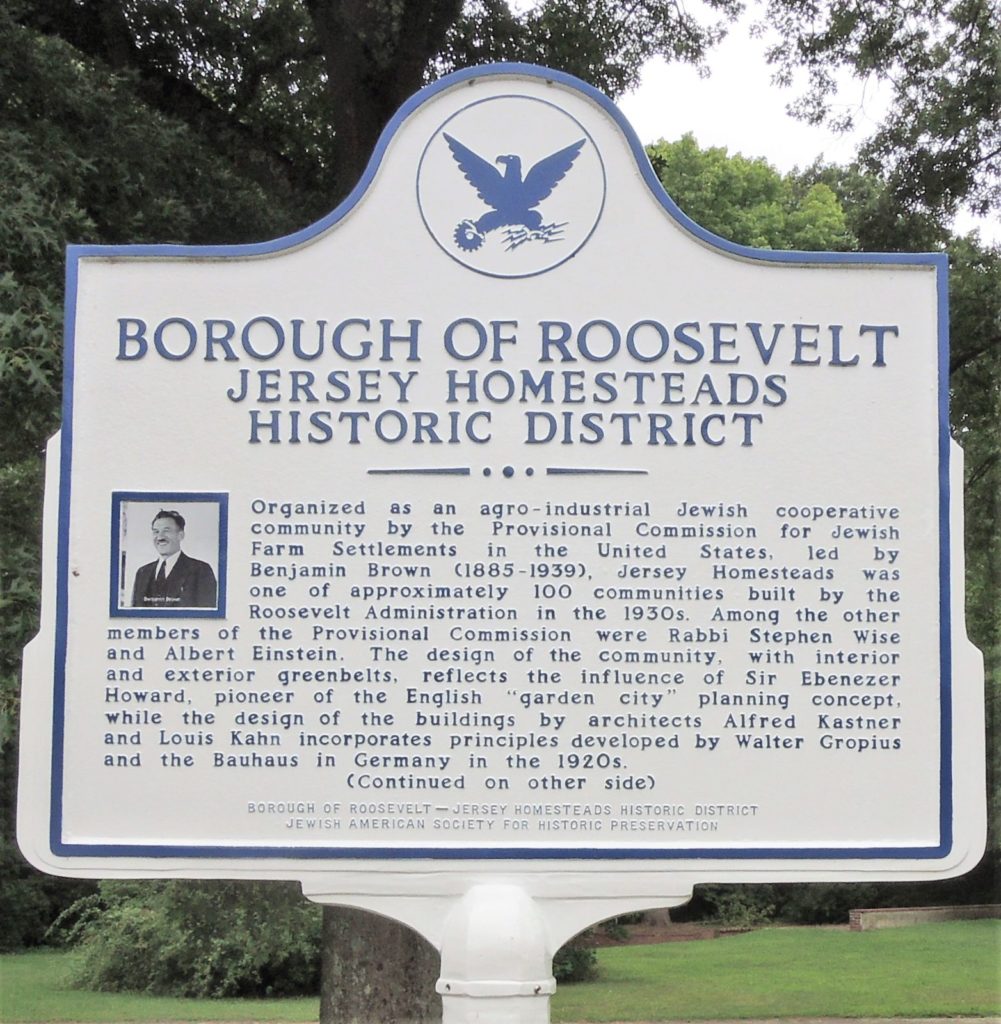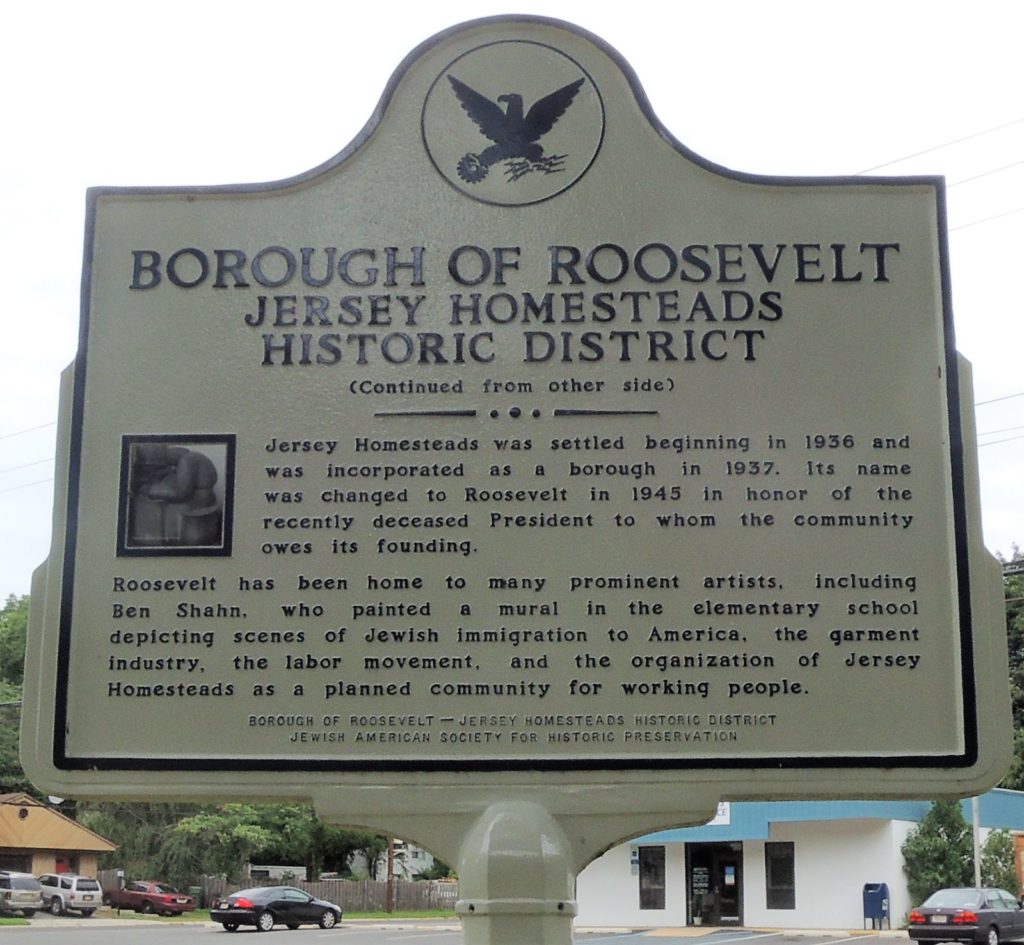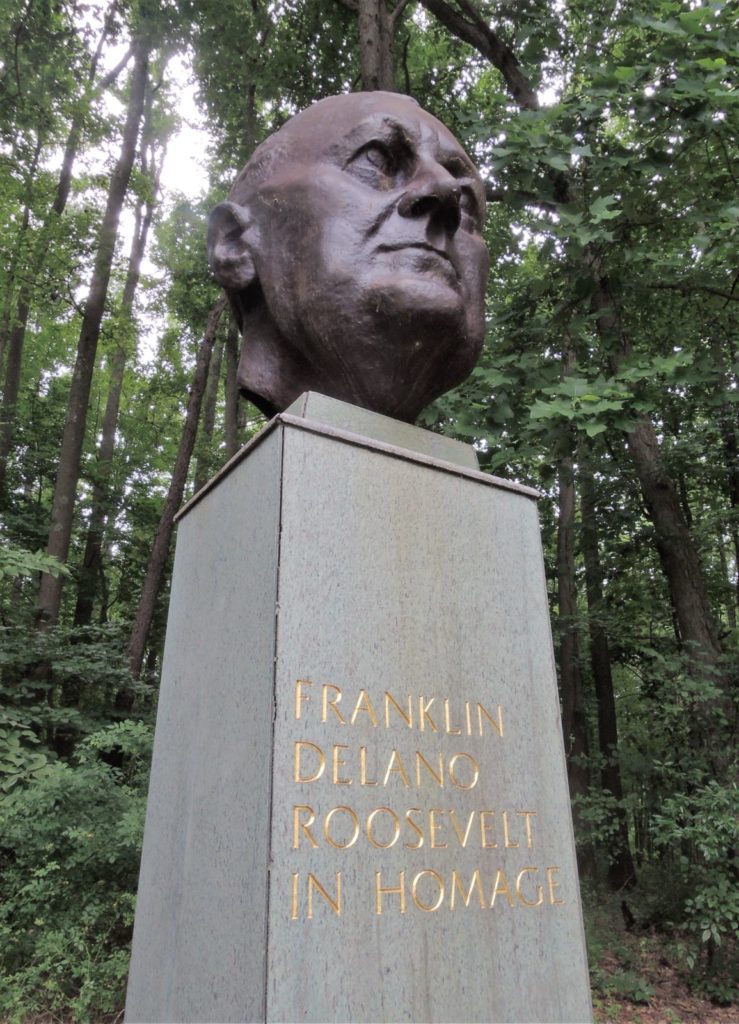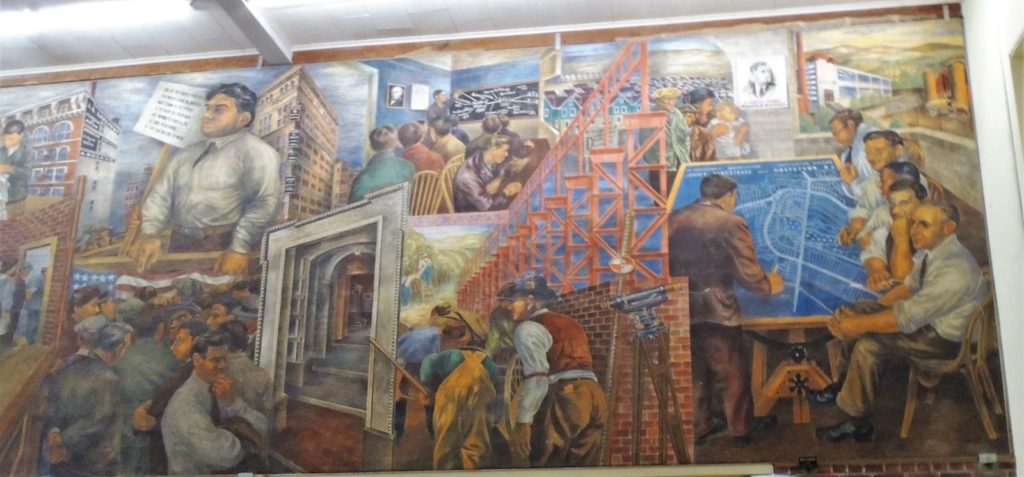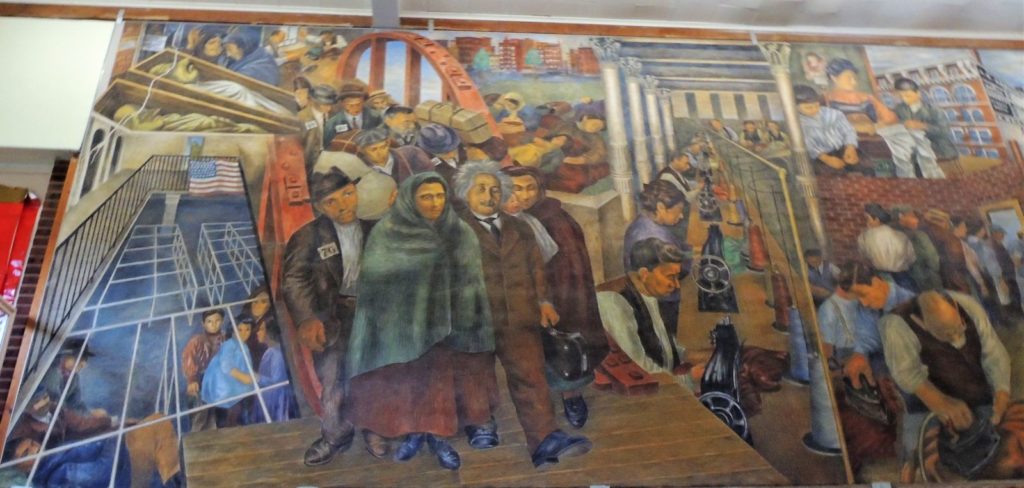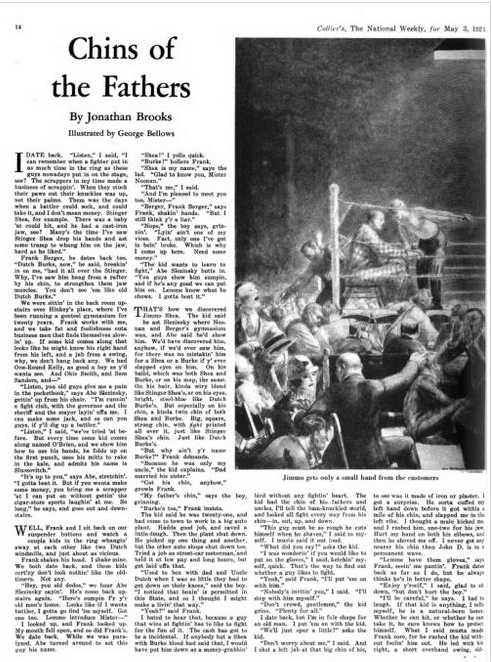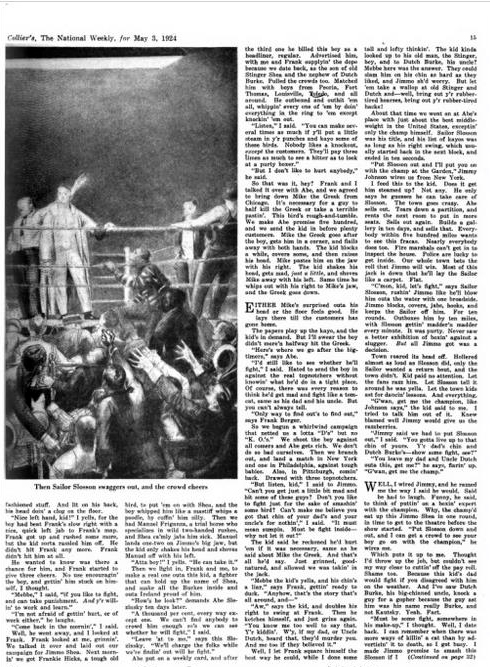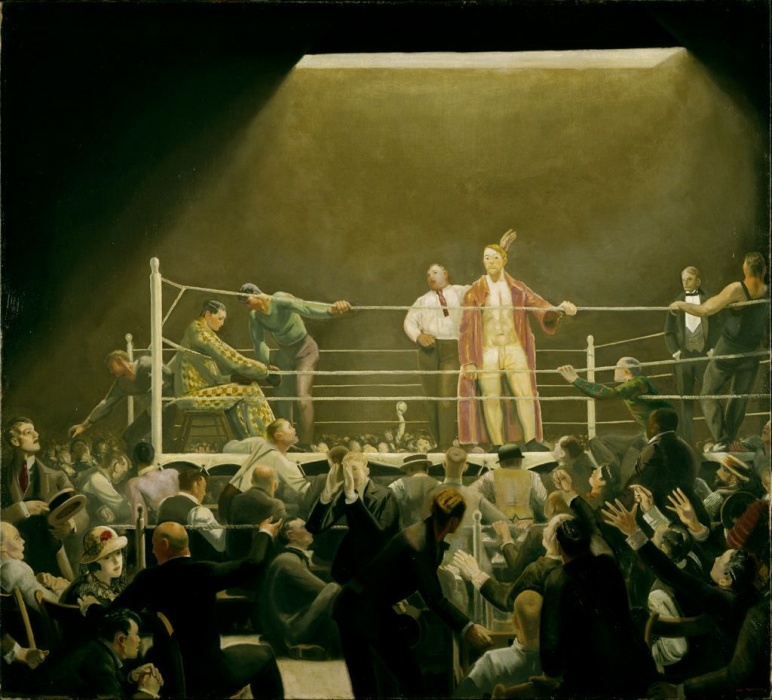 “Parables, with Cuban artist José Angel Toirac and writer Robert Glück, is an extension of Toirac’s life project of examining how the Cuban State has used press imagery to manufacture consent and sell the Revolution which Fidel lead in 1959,” writes Loring McAlpin, ’83. “It’s a sumptuous book meant to be a scripture for Fidel and the Cuban Revolution.”
“Parables, with Cuban artist José Angel Toirac and writer Robert Glück, is an extension of Toirac’s life project of examining how the Cuban State has used press imagery to manufacture consent and sell the Revolution which Fidel lead in 1959,” writes Loring McAlpin, ’83. “It’s a sumptuous book meant to be a scripture for Fidel and the Cuban Revolution.”
You may have missed the evening last spring at The David Rockefeller Center for Latin American Studies (DRCLAS), Harvard University, where Toirac, Glück, and McAlpin present their limited edition, fine press book gathering photographs from magazines and newspapers like Granma, the mouthpiece of the Communist Party, and re-purposing the Cuban Revolution as a Gospel, a new religion with a new scripture.
But you can still catch them if you happen to be in Washington D.C. in October 2018, when artists Meira Marrero, Loring McAlpin, and José Angel Toirac will join in a conversation about Parables with Michelle Bird at National Gallery of Art. https://www.nga.gov/calendar/lectures/lectures-signings/parables-the-conversation.html
Parables (the project/exhibition) by Meira Marrero and José Angel Toirac is a collection of 33 photographs of Cuban life published by the official Cuban press. Sources range from magazines and newspapers like Granma, the mouthpiece of the Communist Party, to books on the history of the revolution. These photographs constitute a narrative of the Cuban Revolution as well as a retelling of the Gospels, with Fidel Castro performing the life of Christ from his childhood in Nazareth to his ascension into Heaven. Just as Christianity appropriated pagan festivals, the Cuban state has incorporated biblical stories into its narrative of the Revolution. Christian expressions have been fashioned into official slogans such as “these are the days to unite.”
In Parables the religious roots of this idolatry are exposed. Poet, fiction writer, editor, and New Narrative theorist Robert Glück was invited to write the “scripture” accompanying these images, as if compelled by the faith they conveyed, without mention of either Fidel or Jesus. Parables (the book) is a limited-edition artist book of 33 parables, each with a corresponding image, designed by Cynthia Madansky and Loring McAlpin.
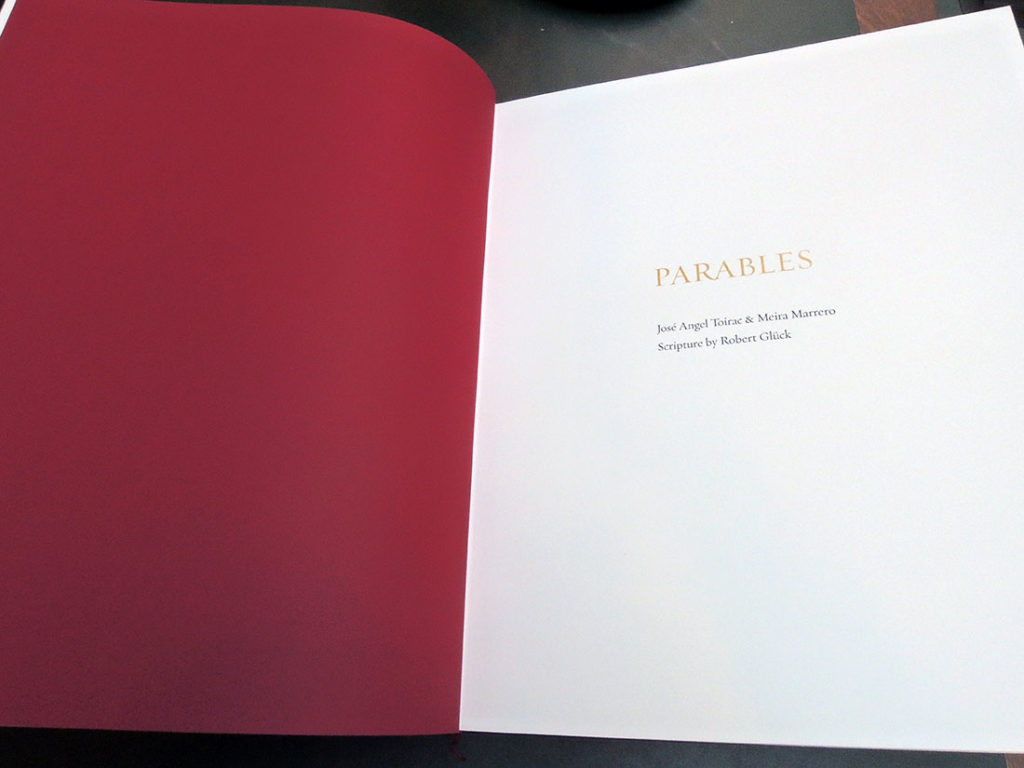 José Angel Toirac, Meira Marrero, and Robert Glück, Parables, design by Cynthia Madansky and Loring McAlpin ([New York?]: Faithful Castle Press, 2017). Graphic Arts Collection 2018 in process.
José Angel Toirac, Meira Marrero, and Robert Glück, Parables, design by Cynthia Madansky and Loring McAlpin ([New York?]: Faithful Castle Press, 2017). Graphic Arts Collection 2018 in process.




